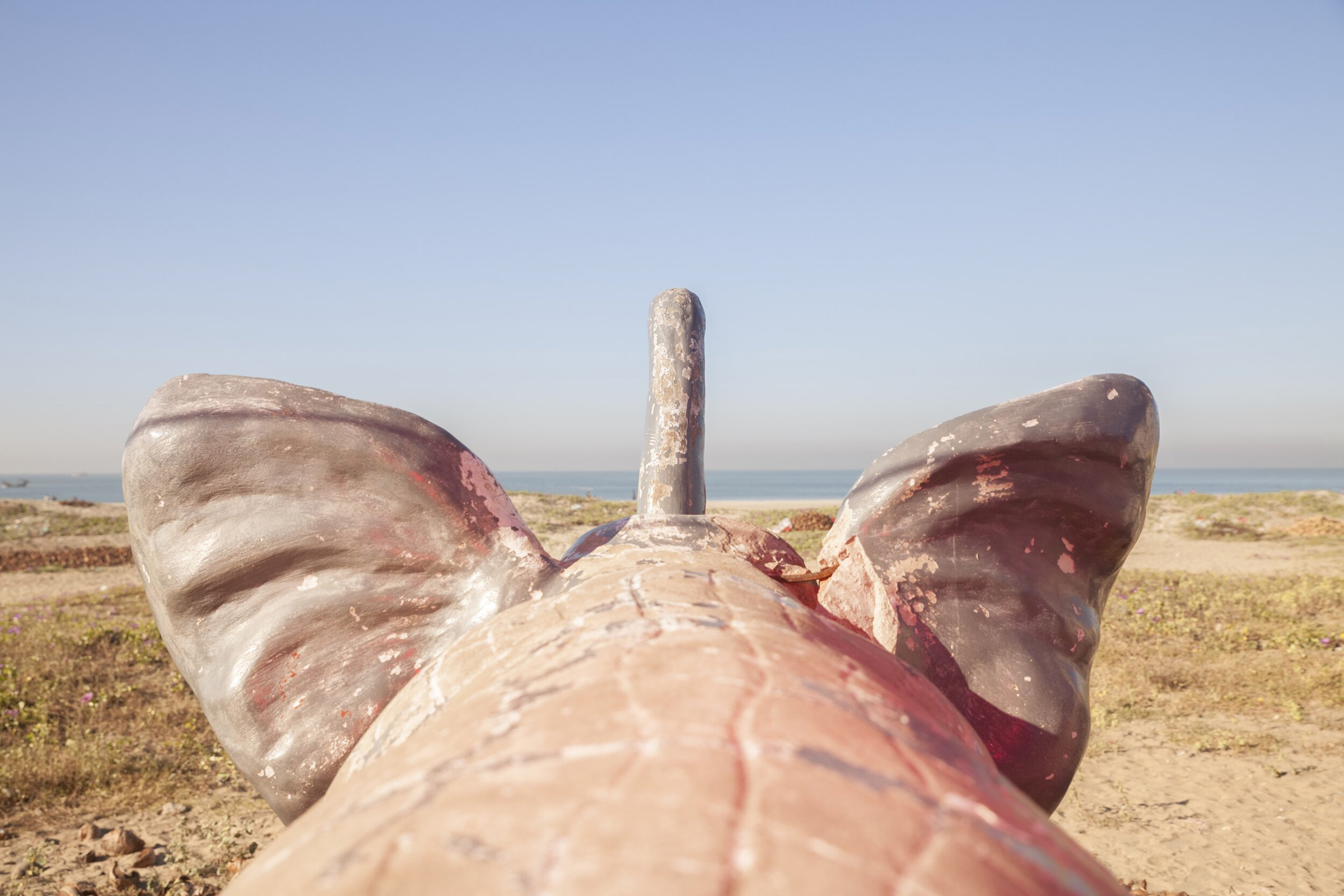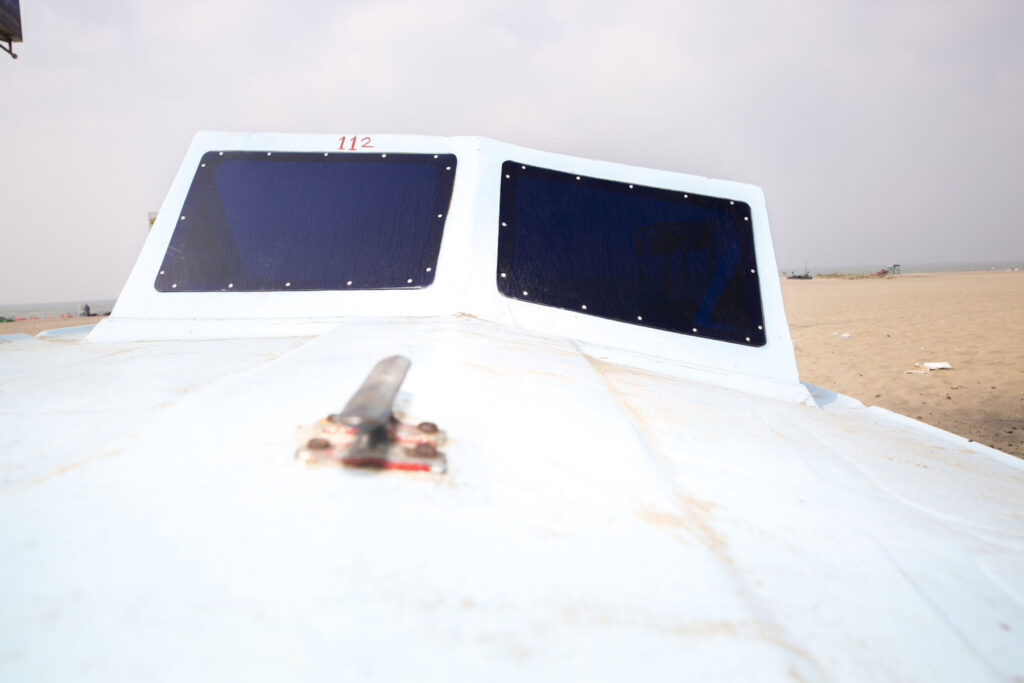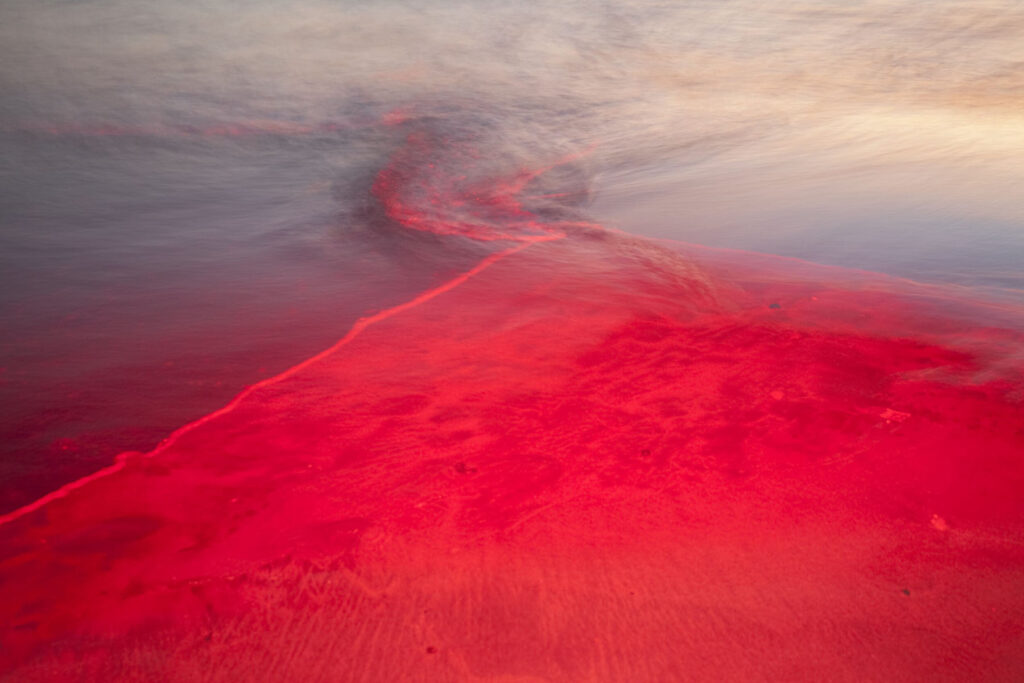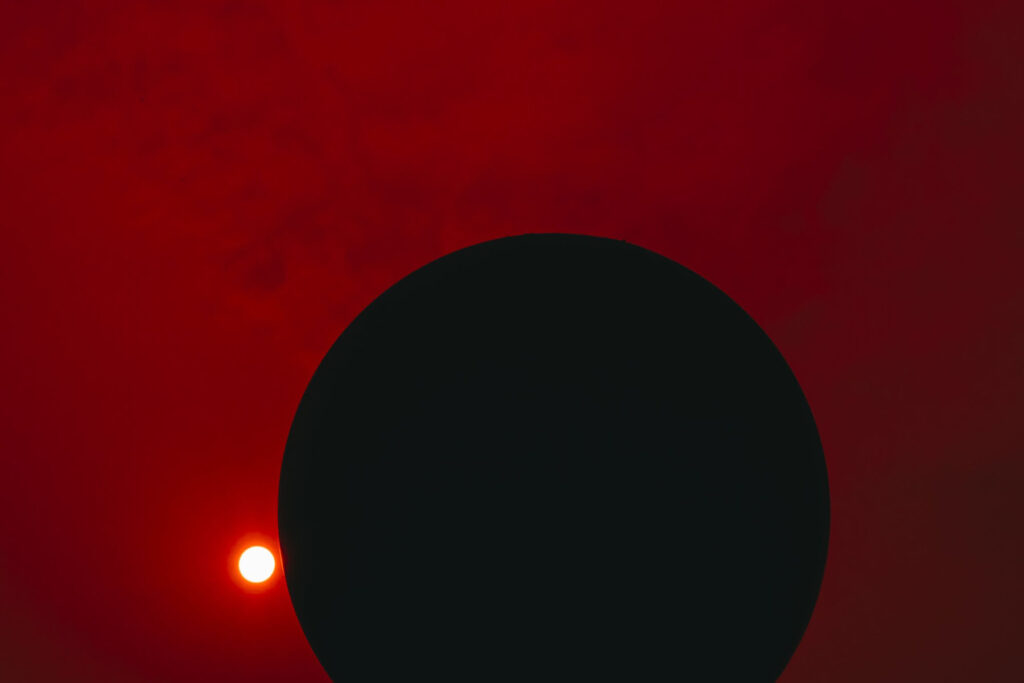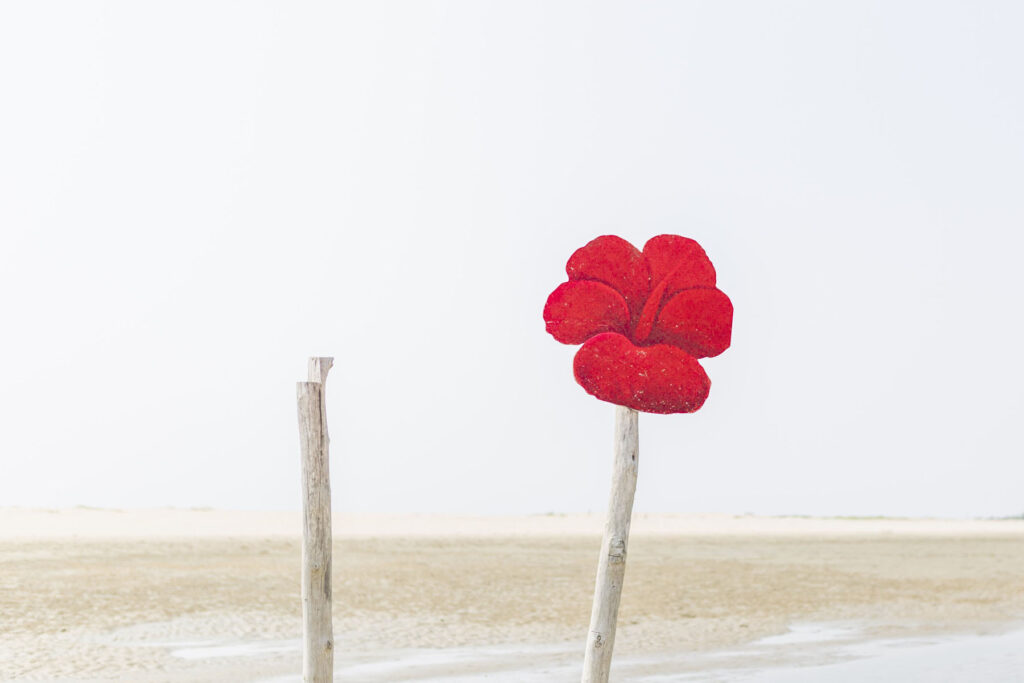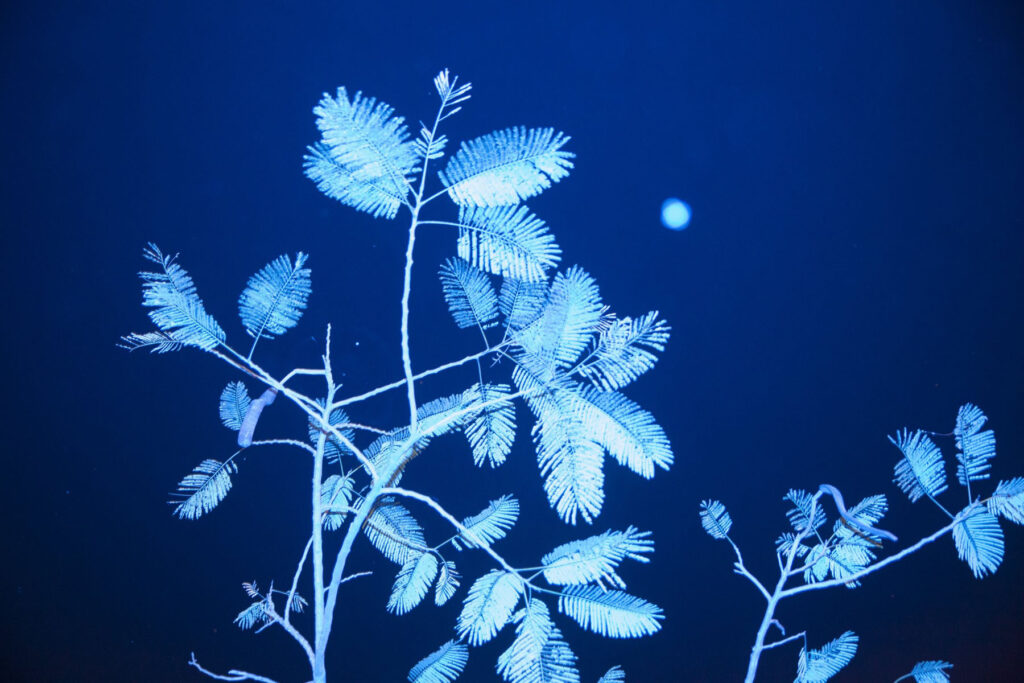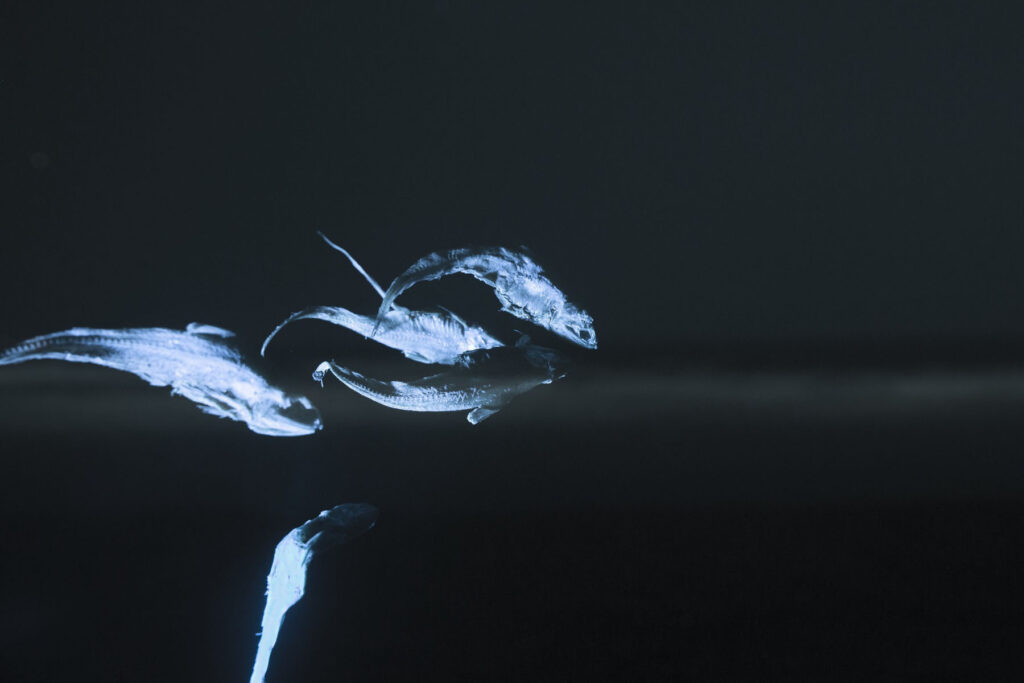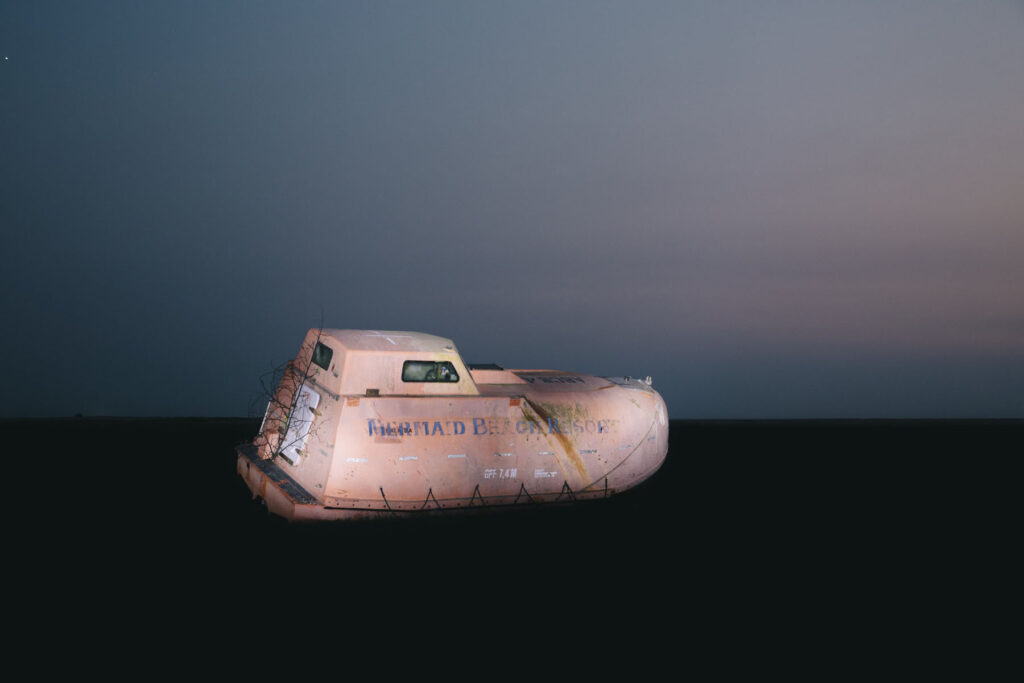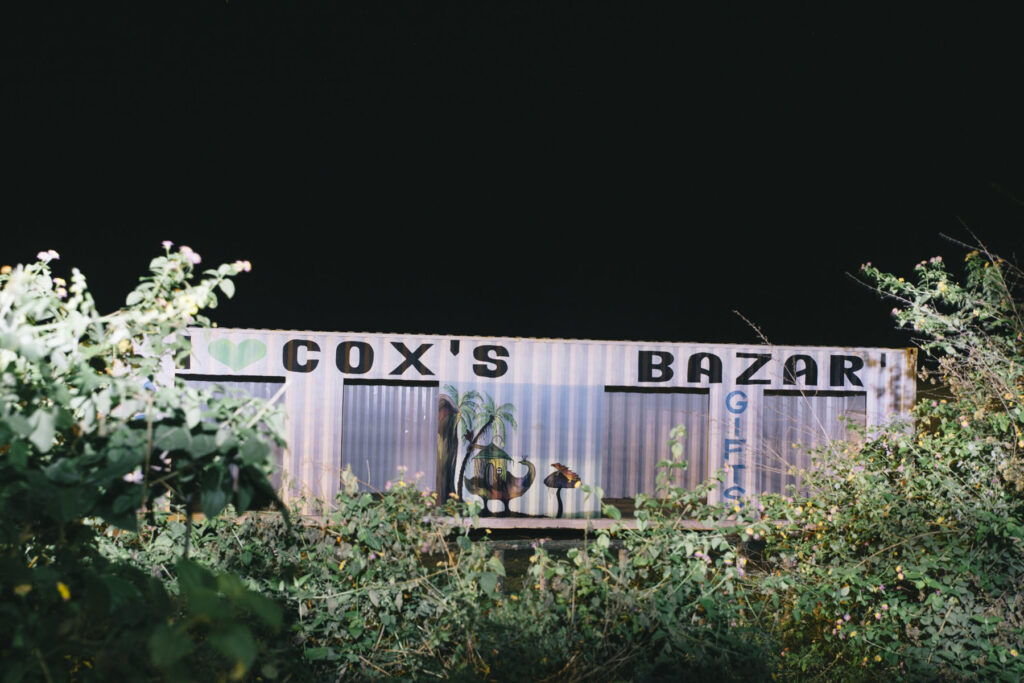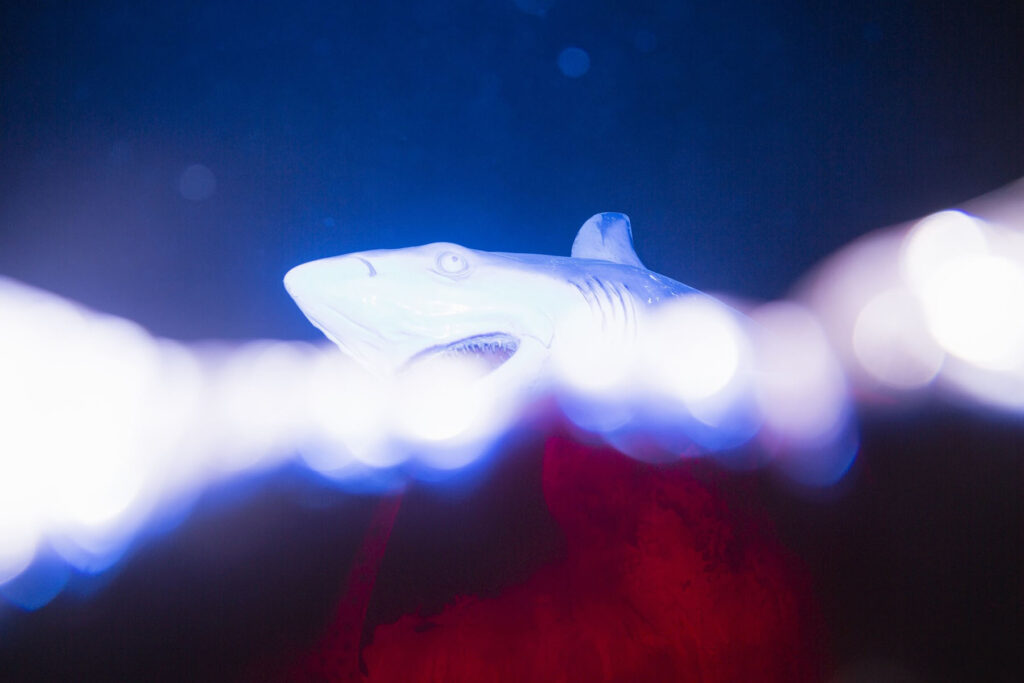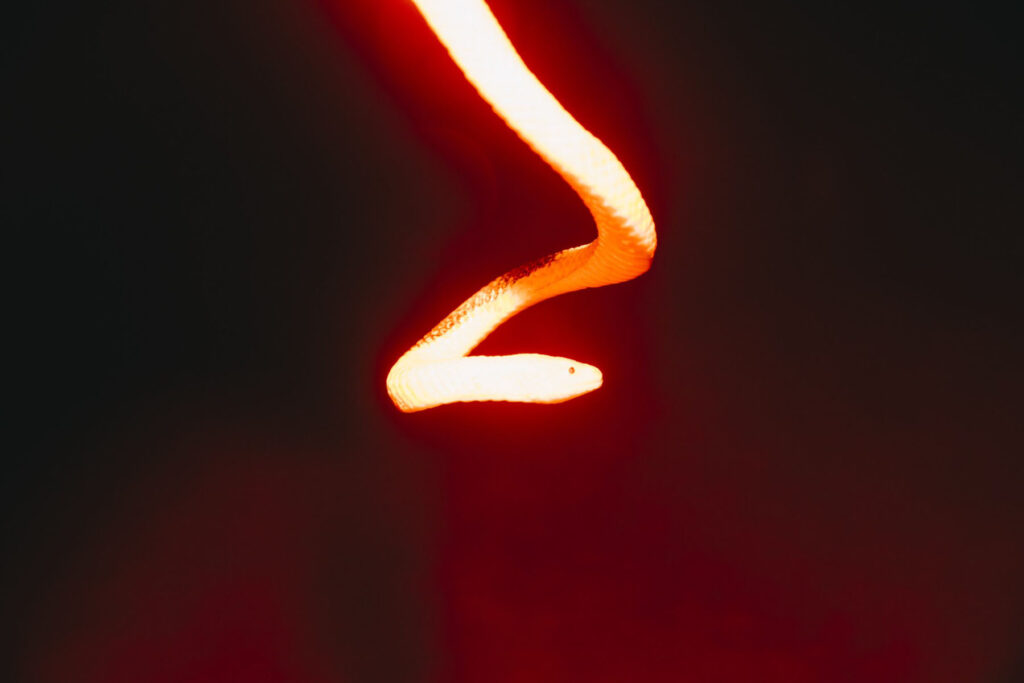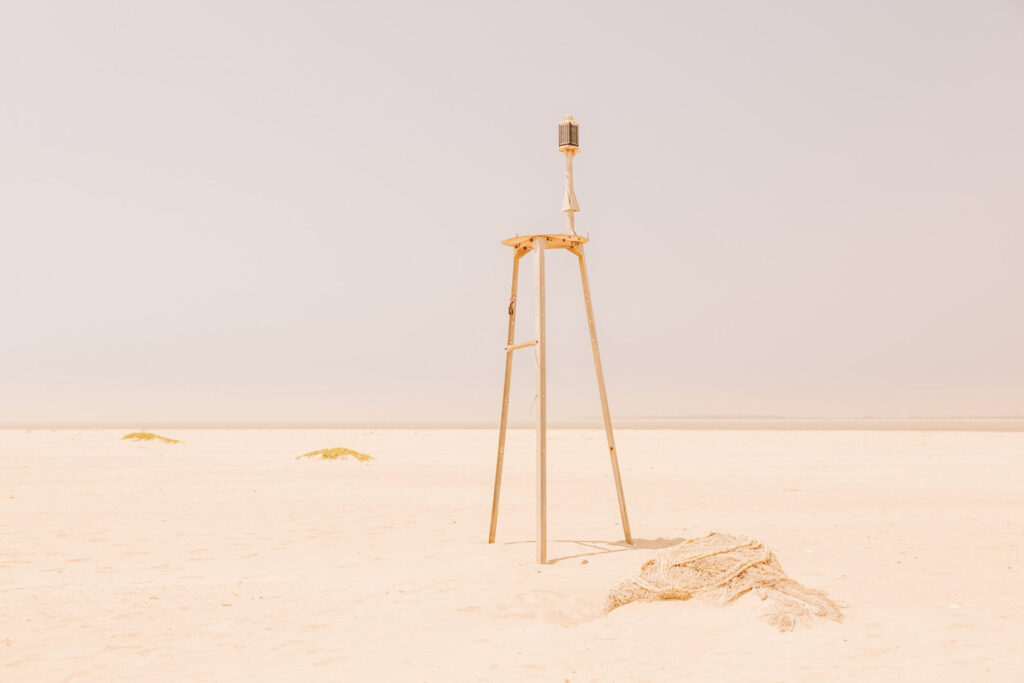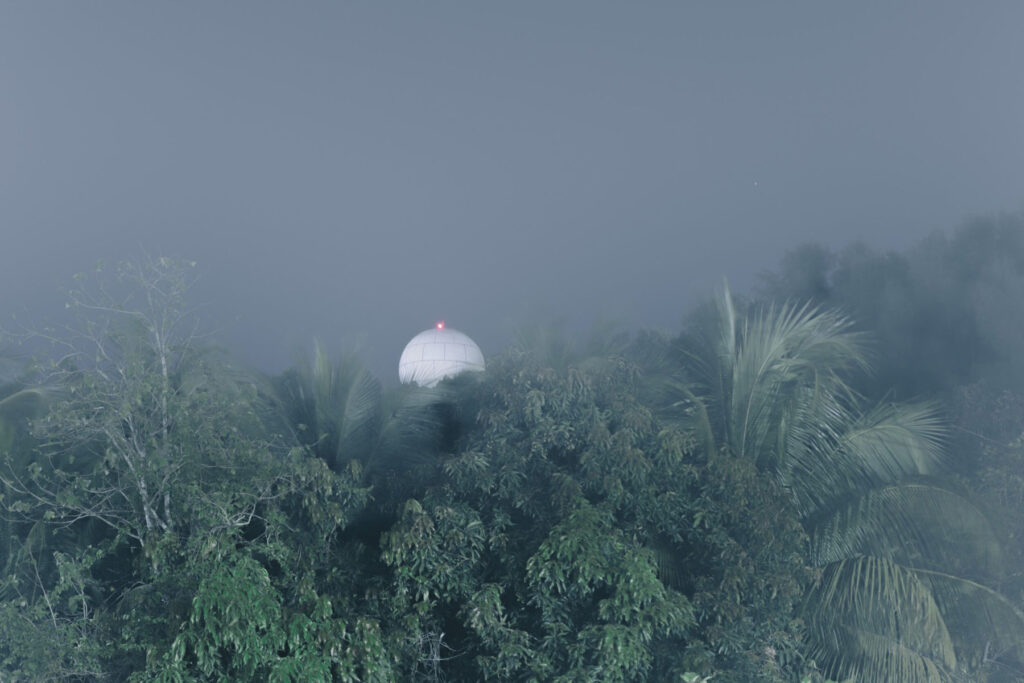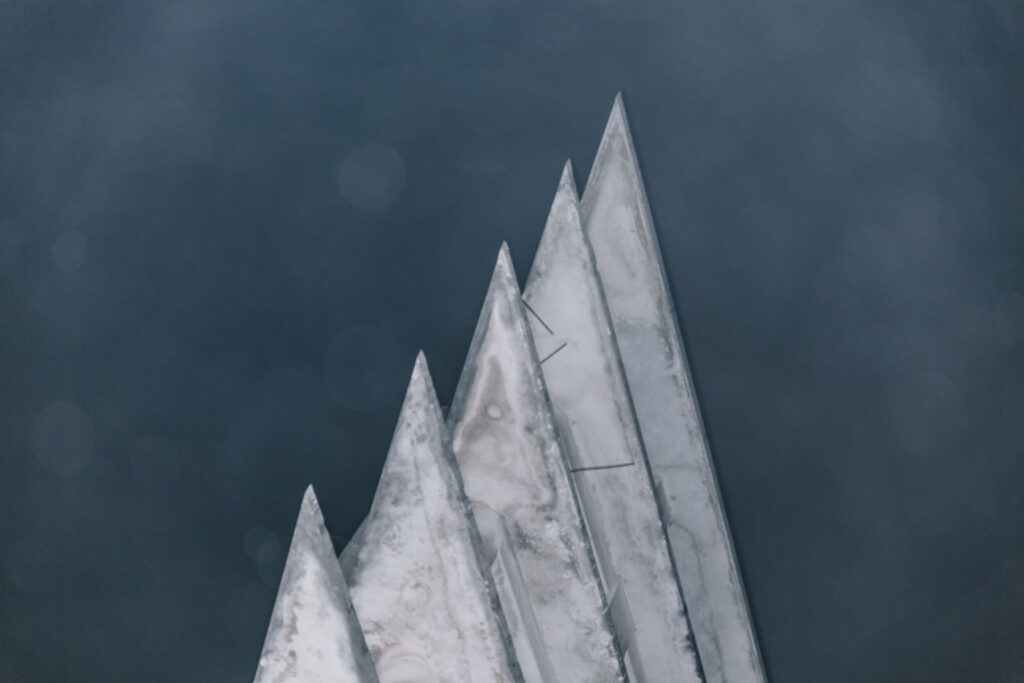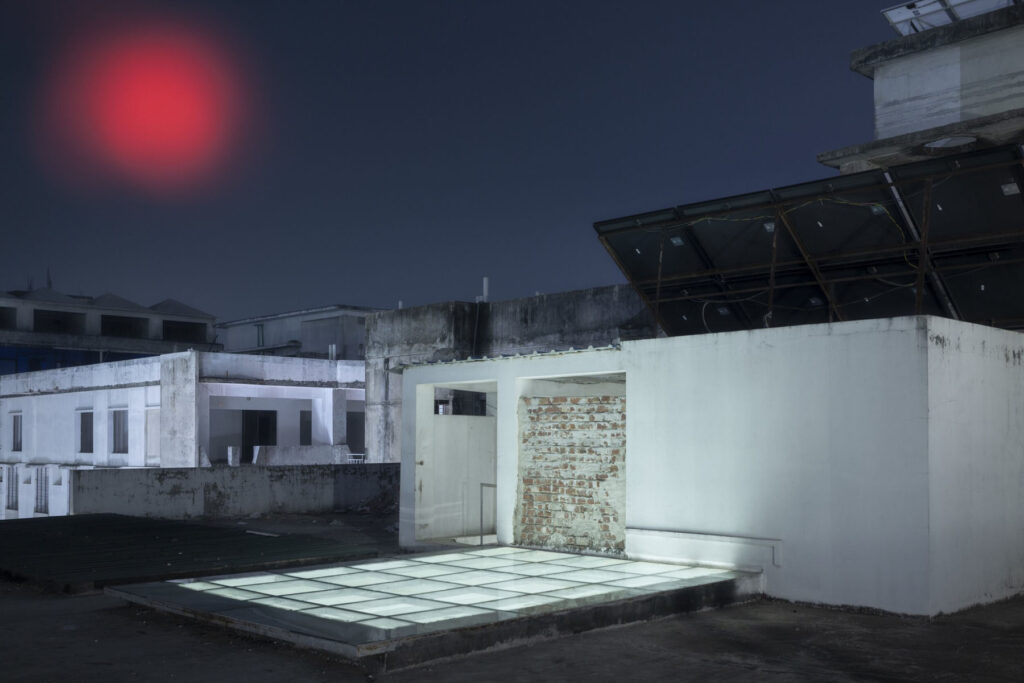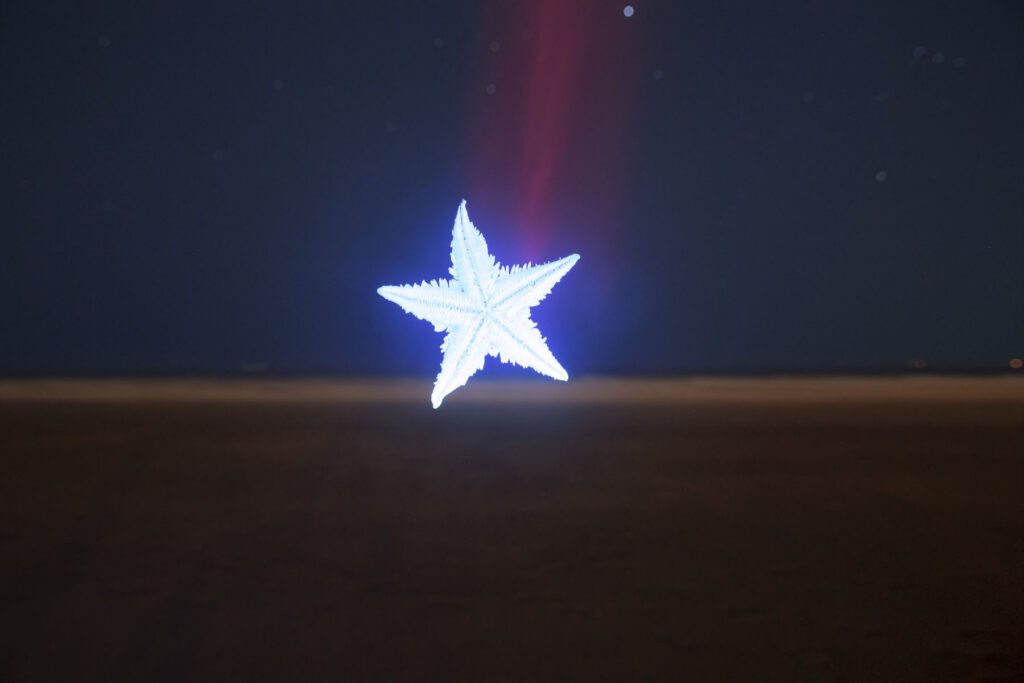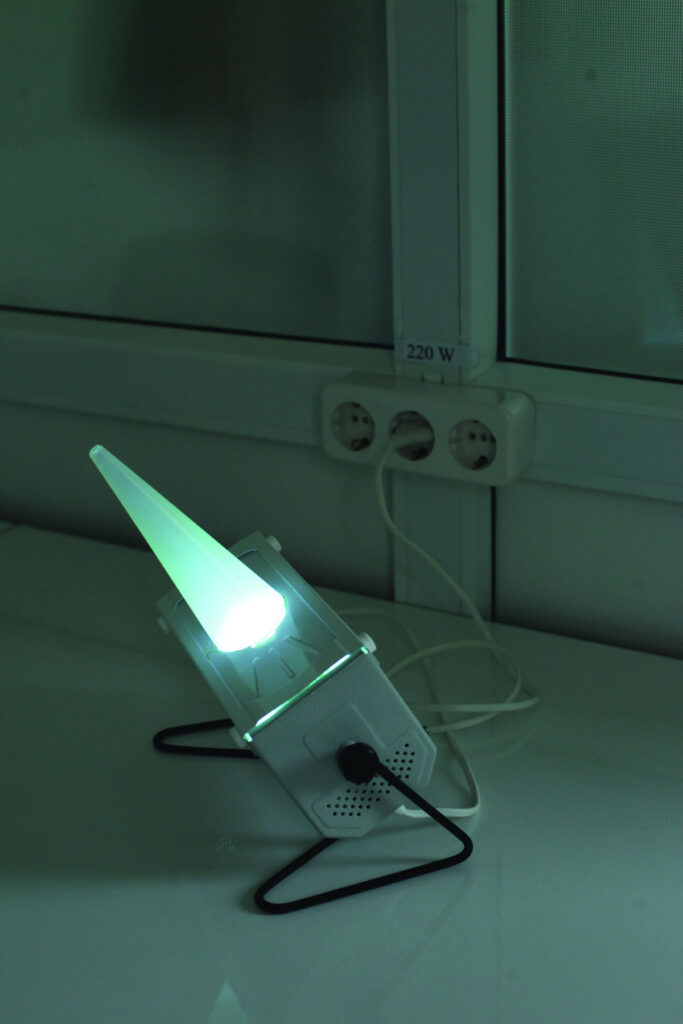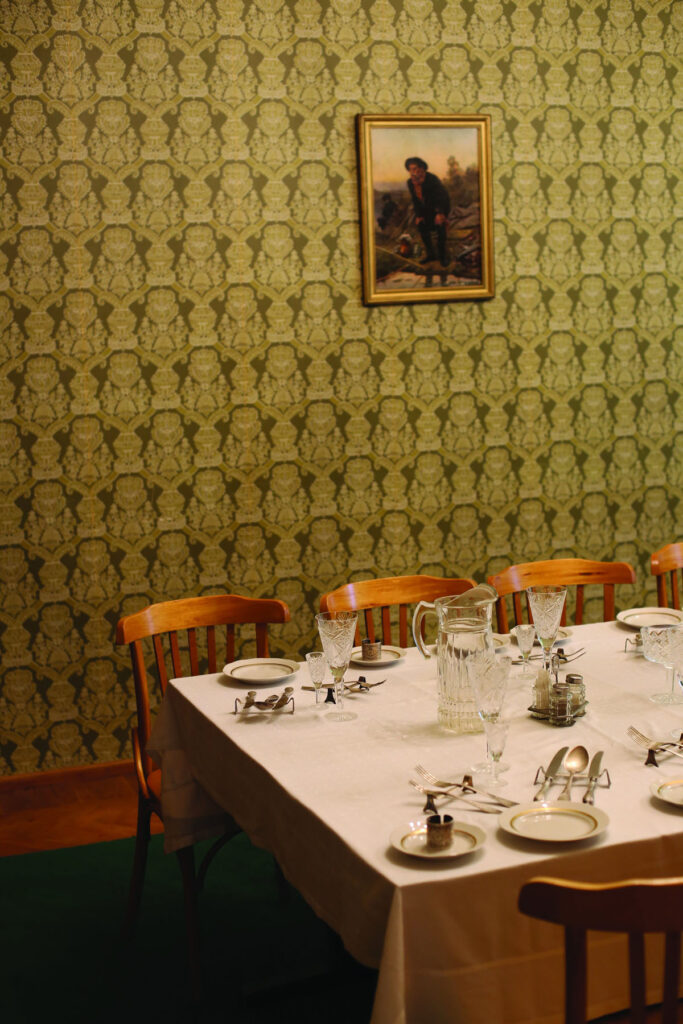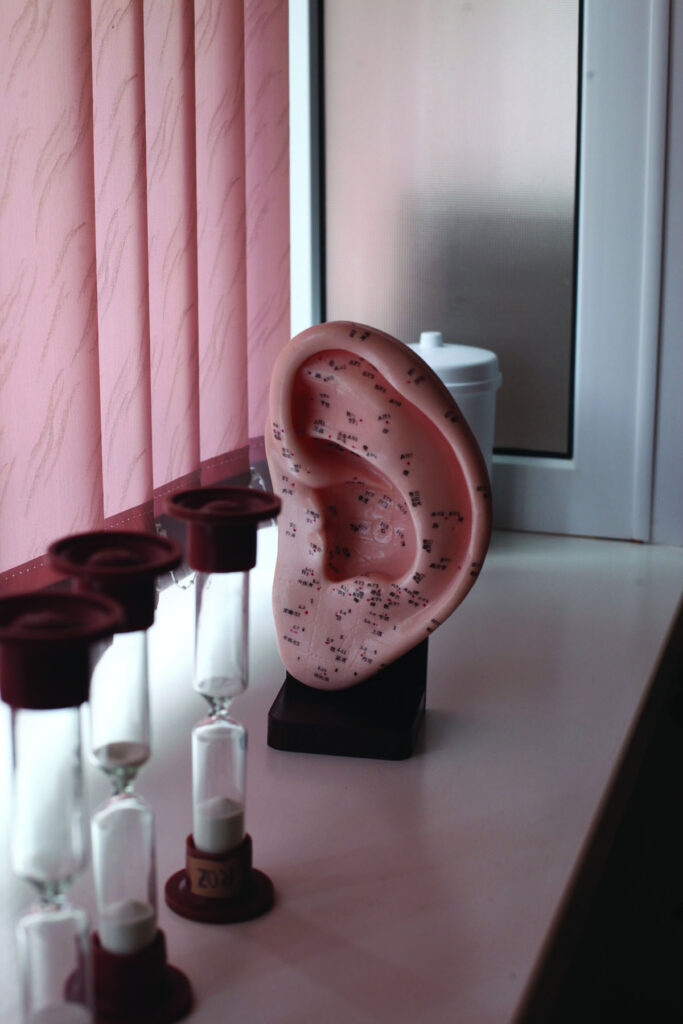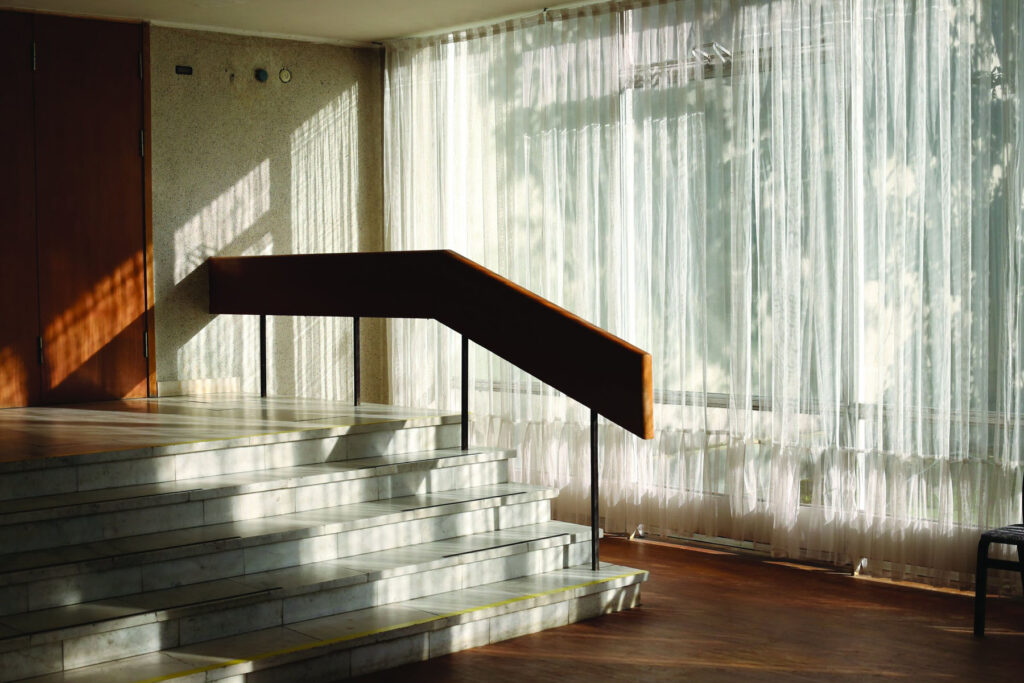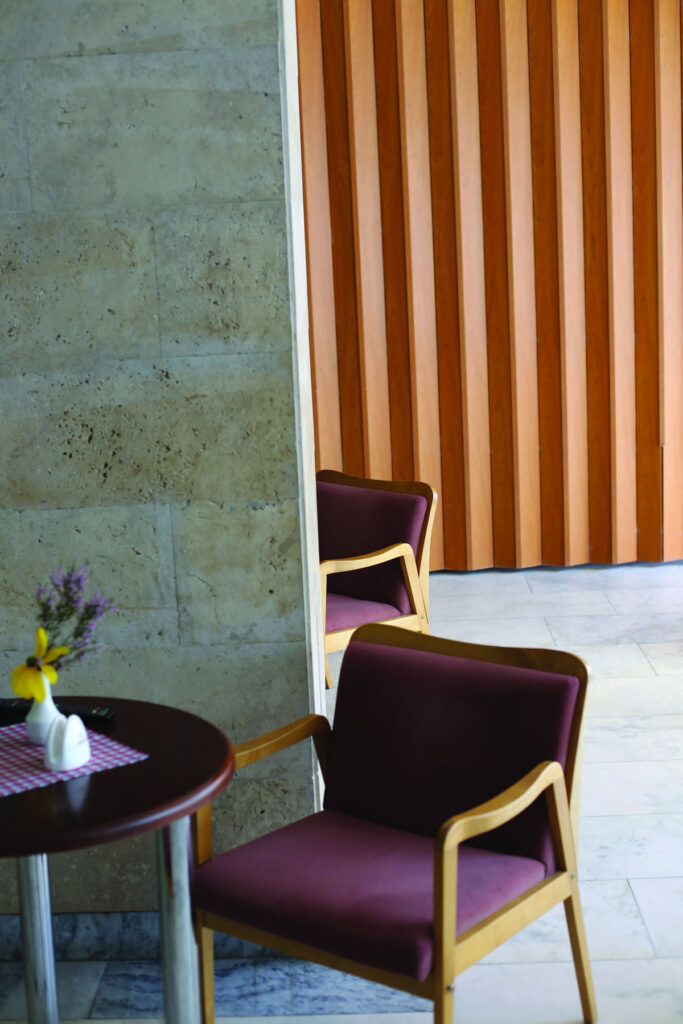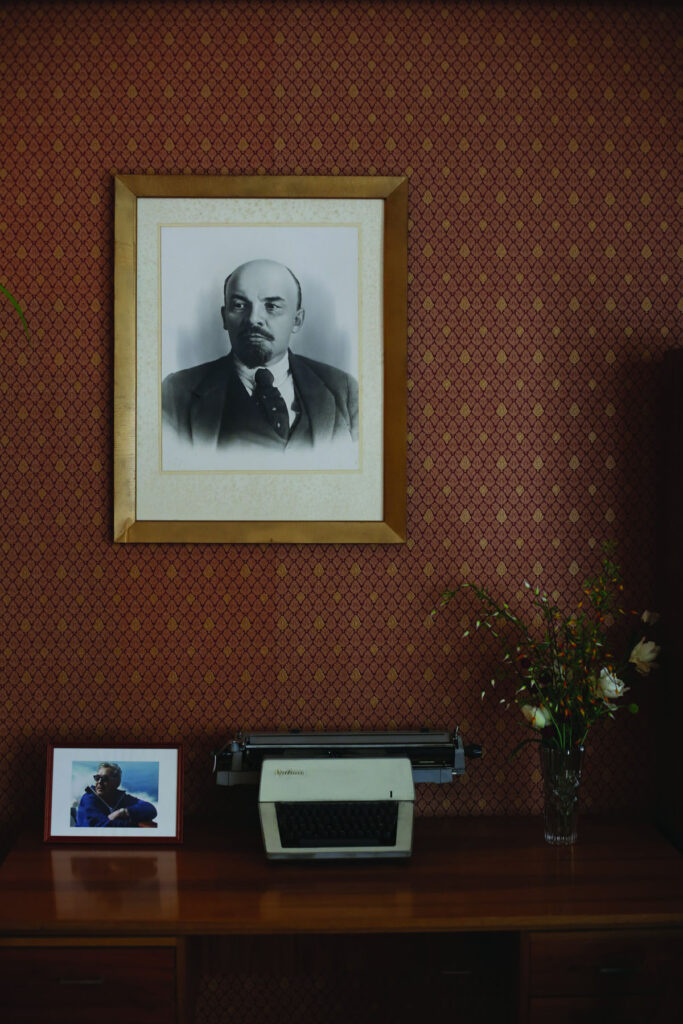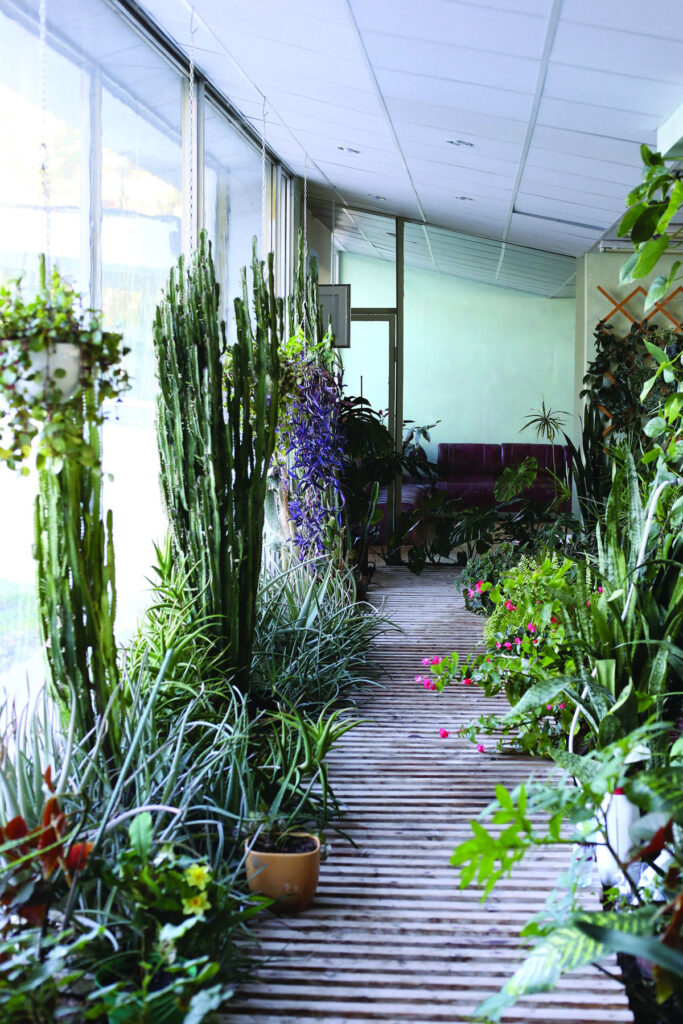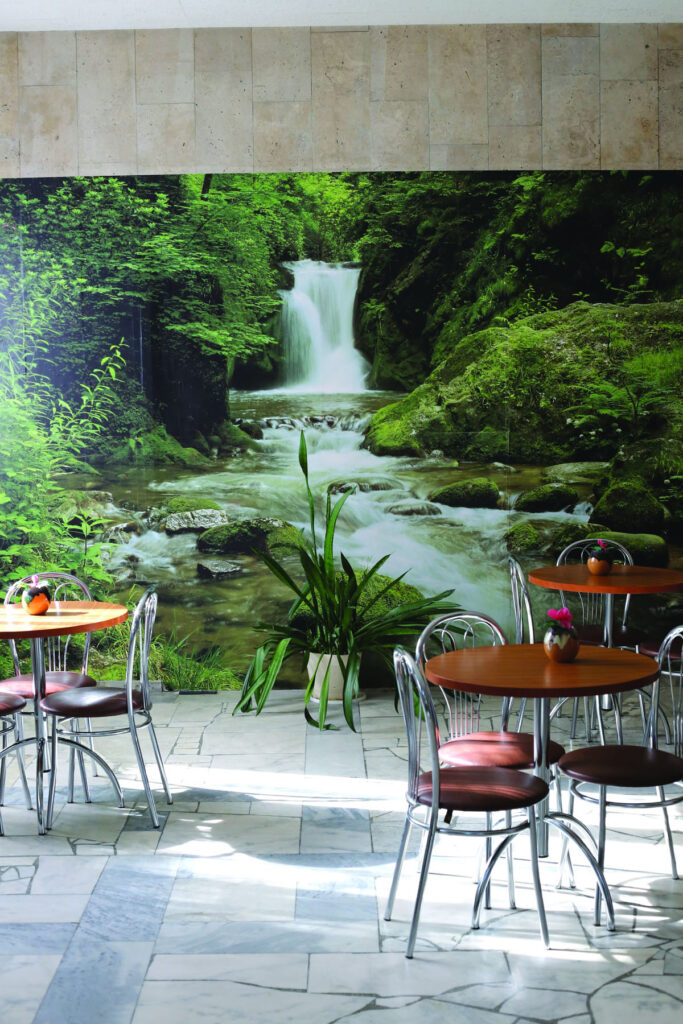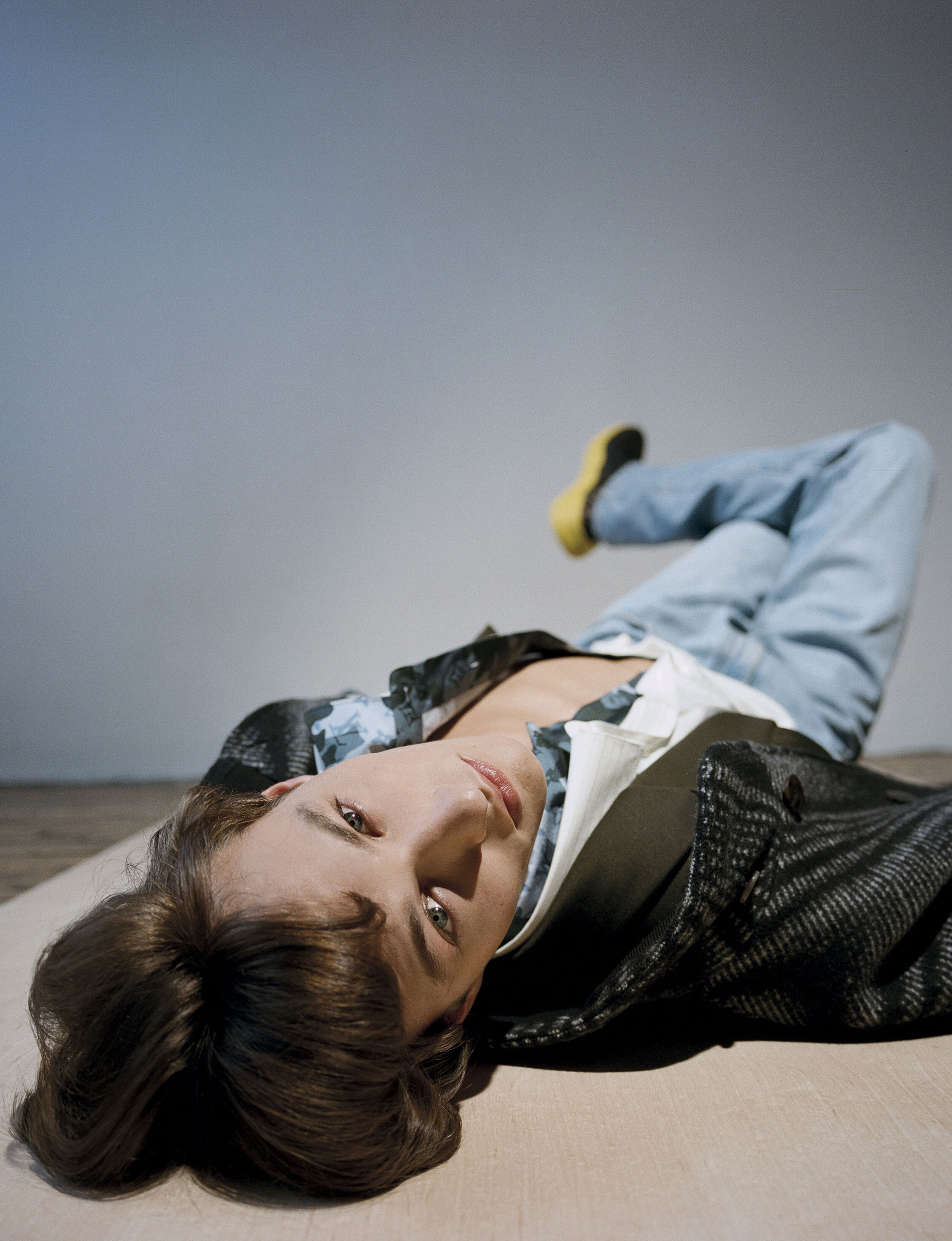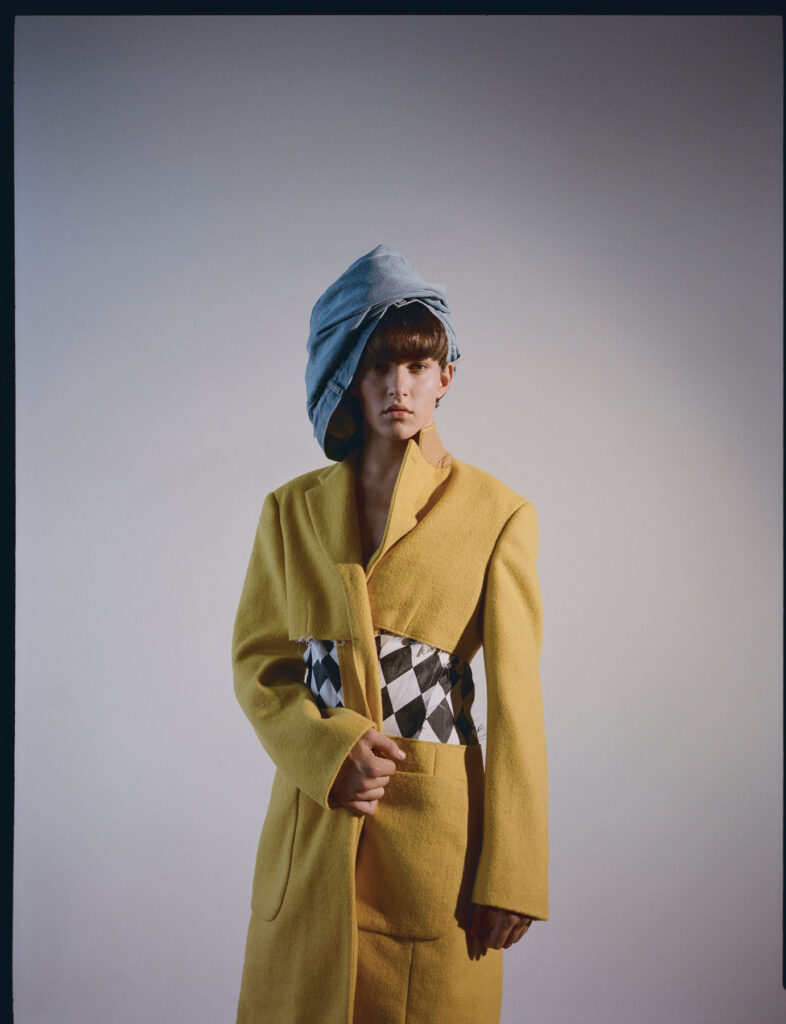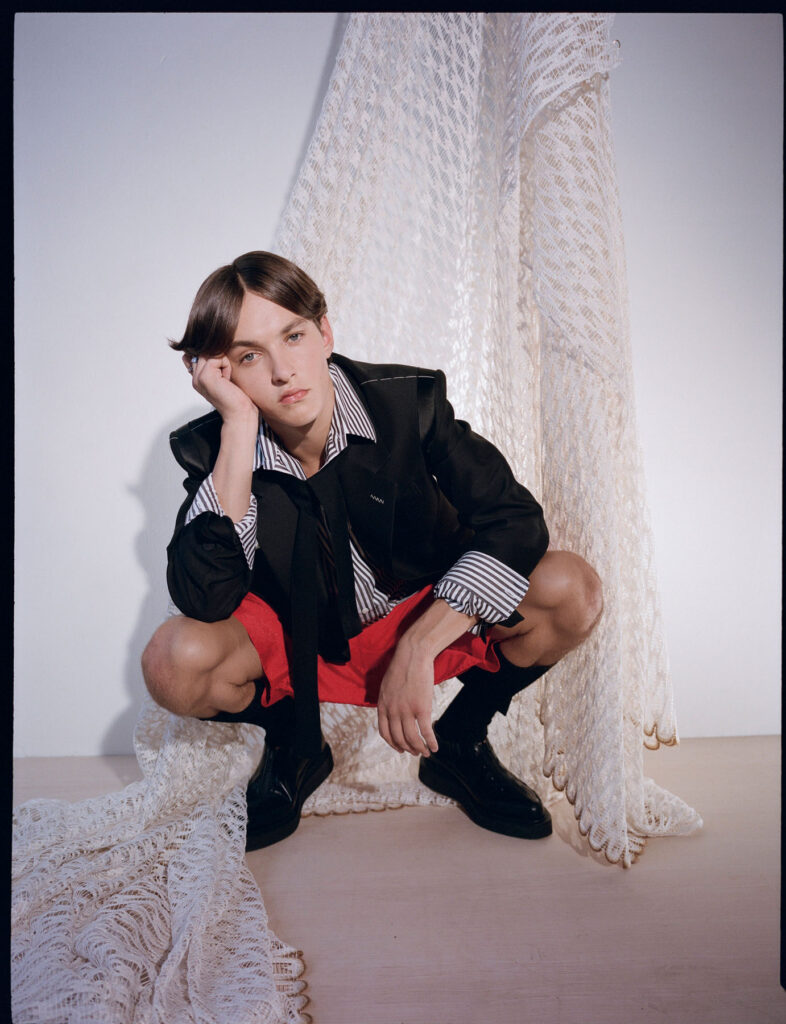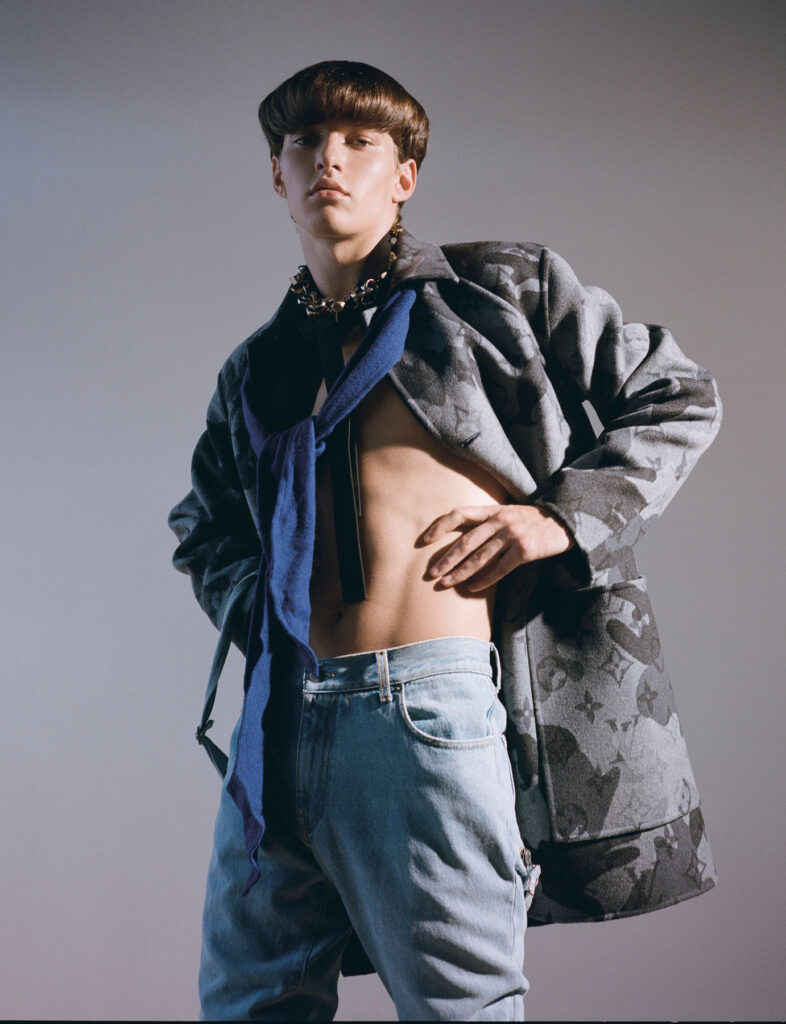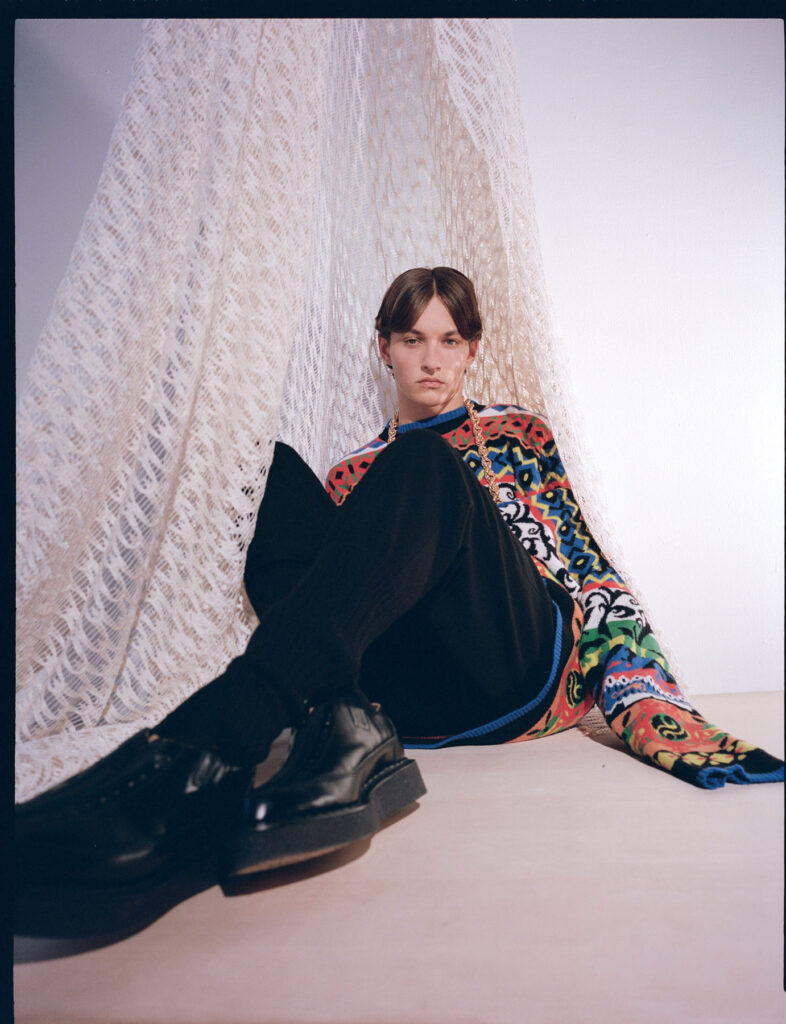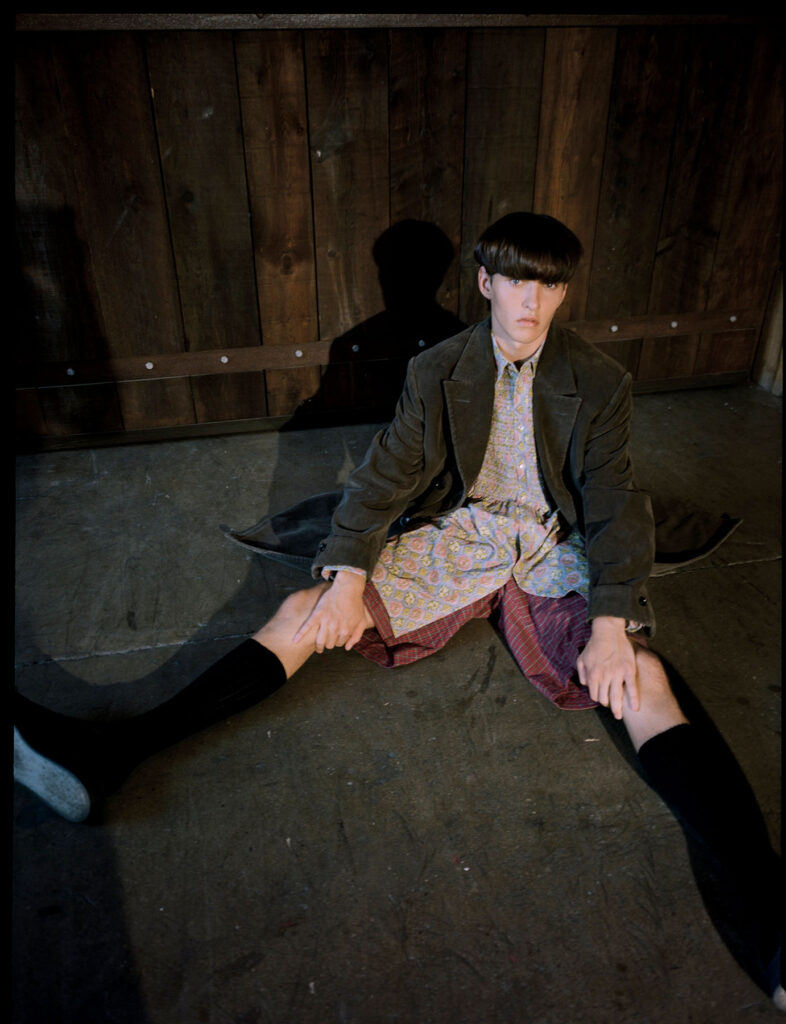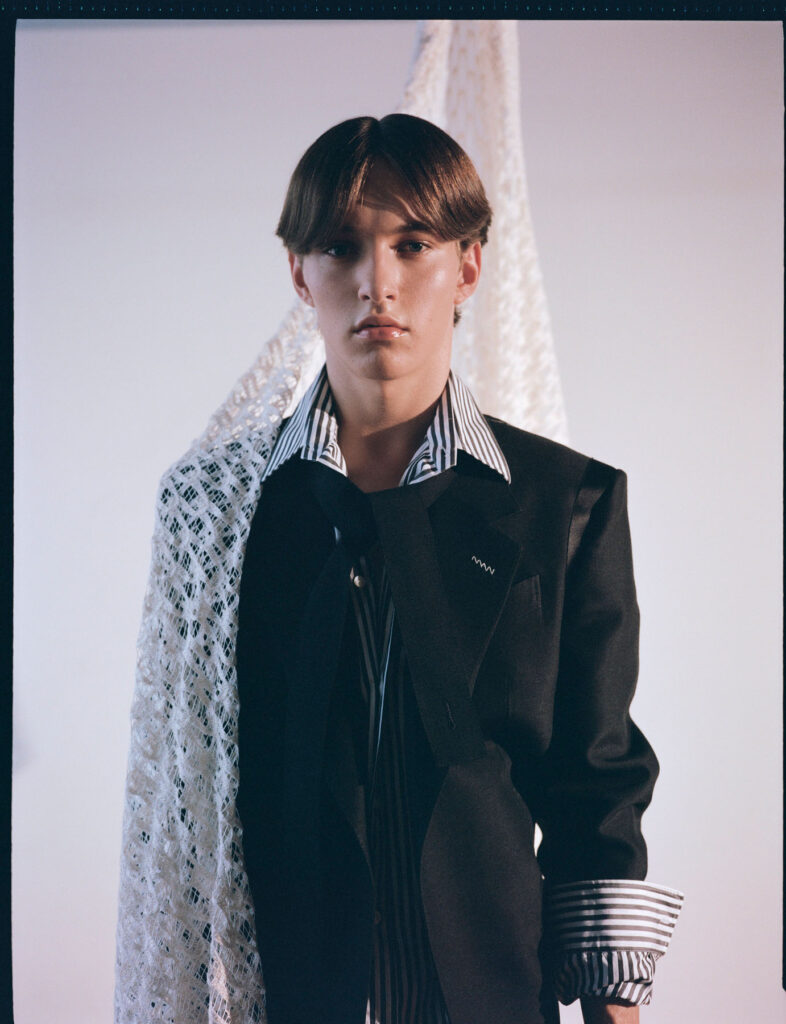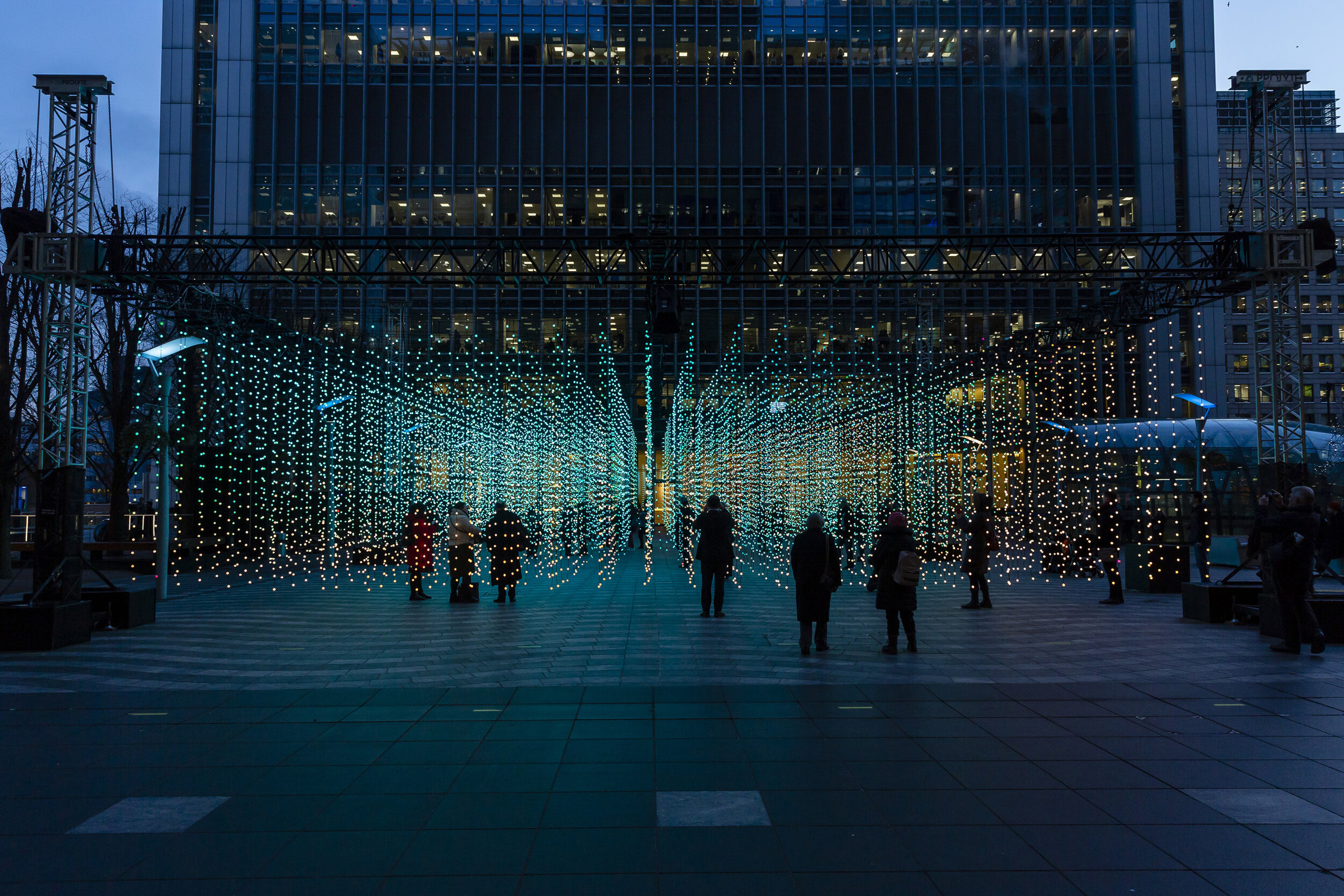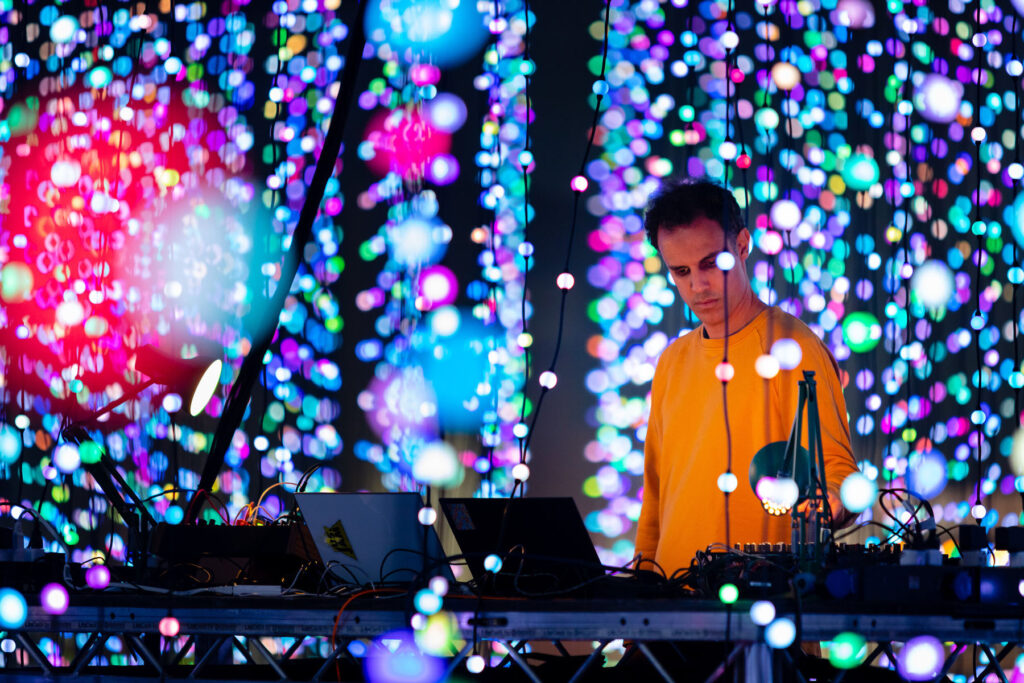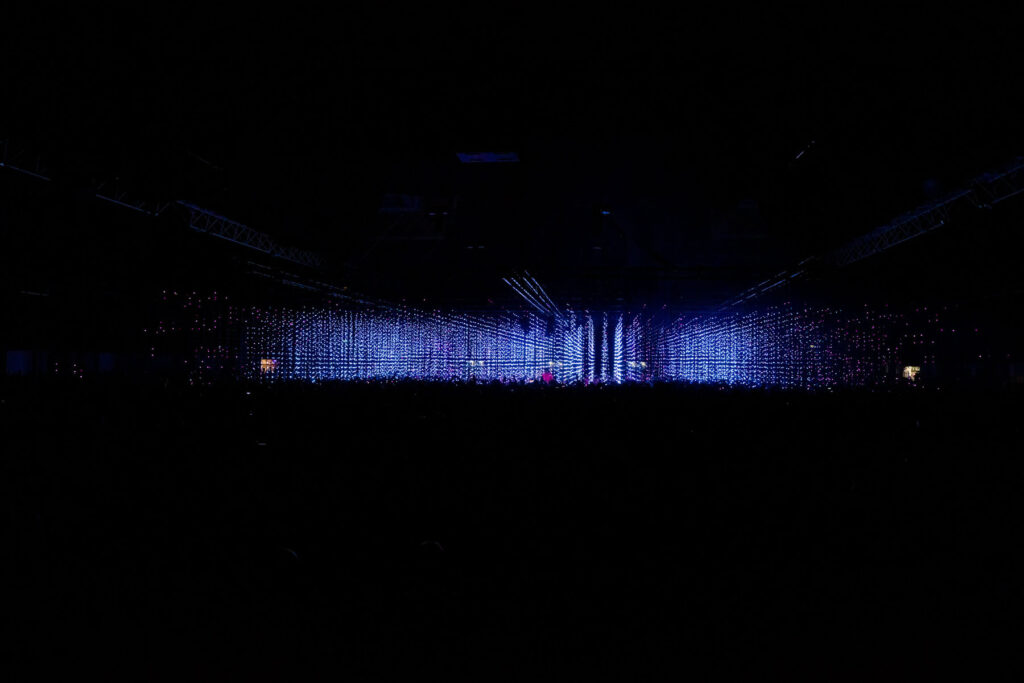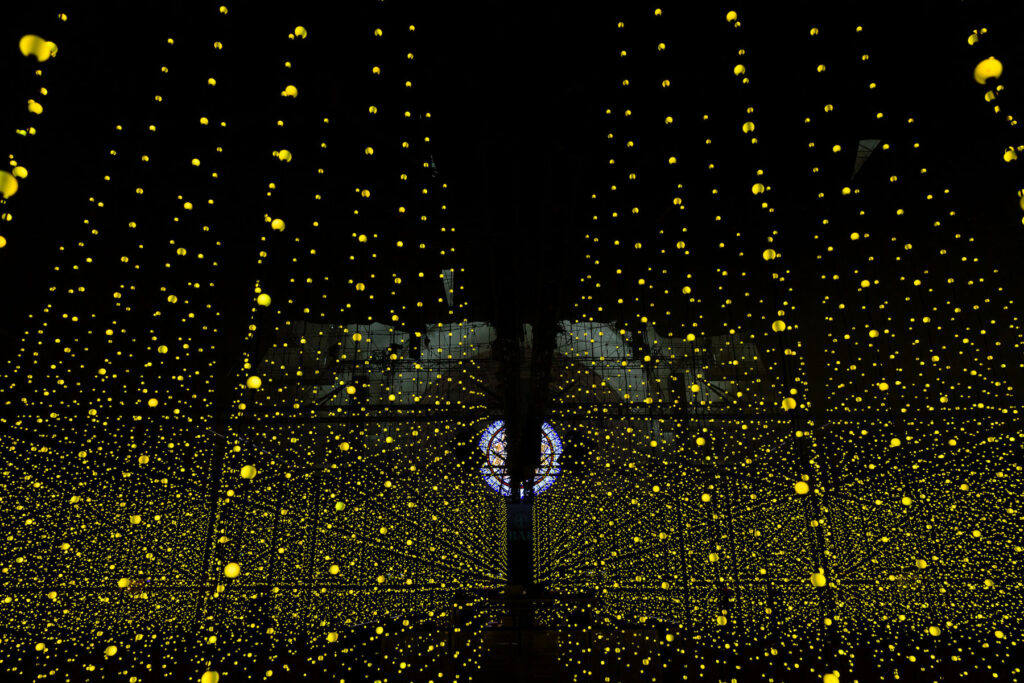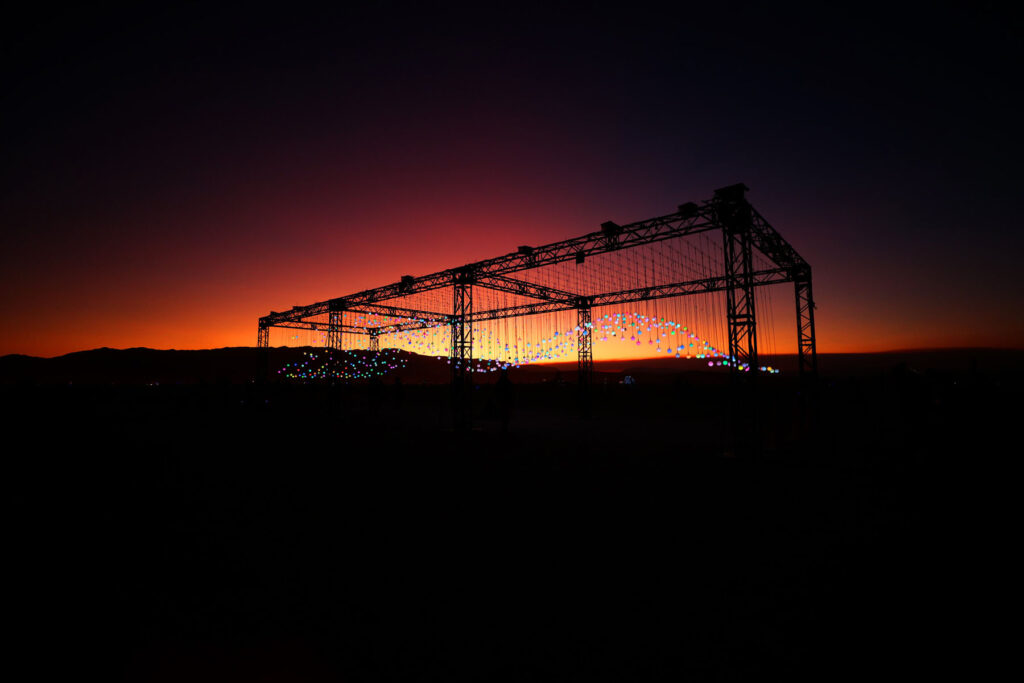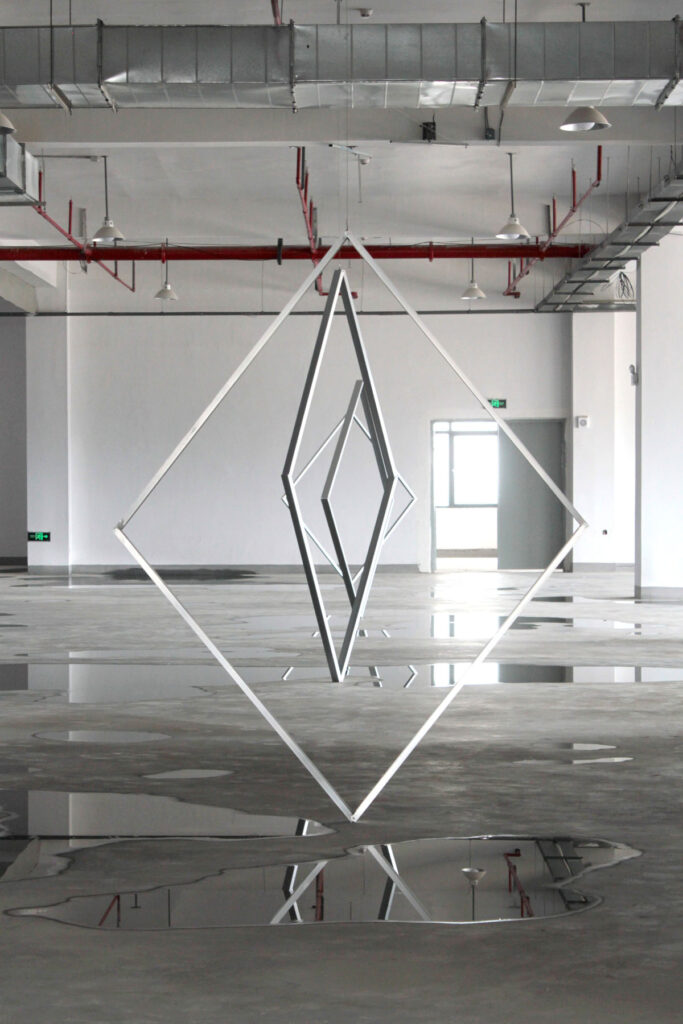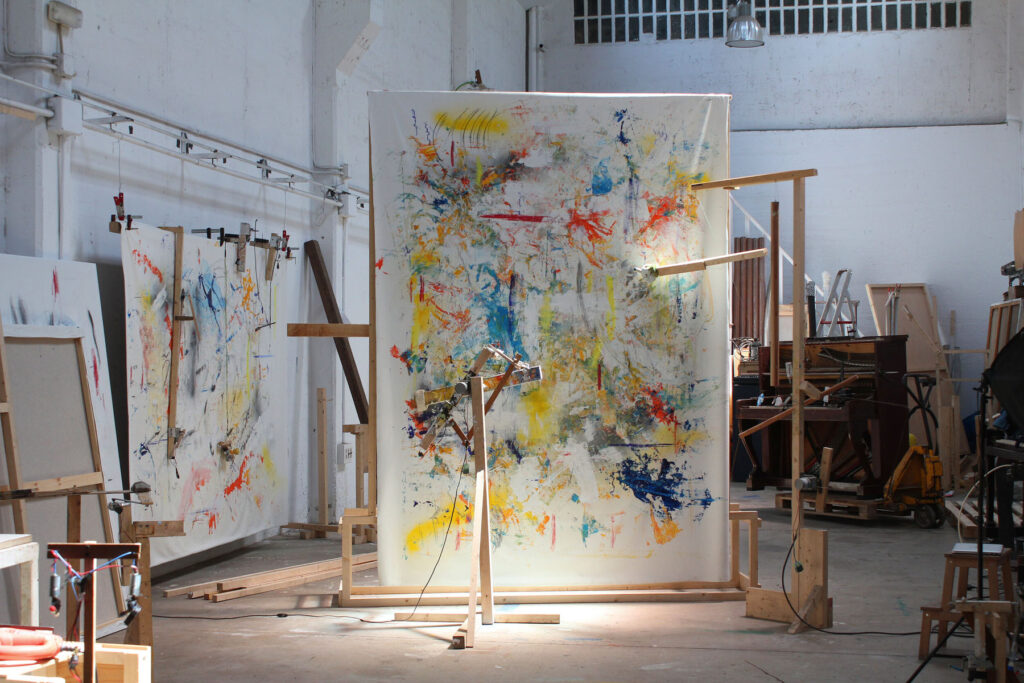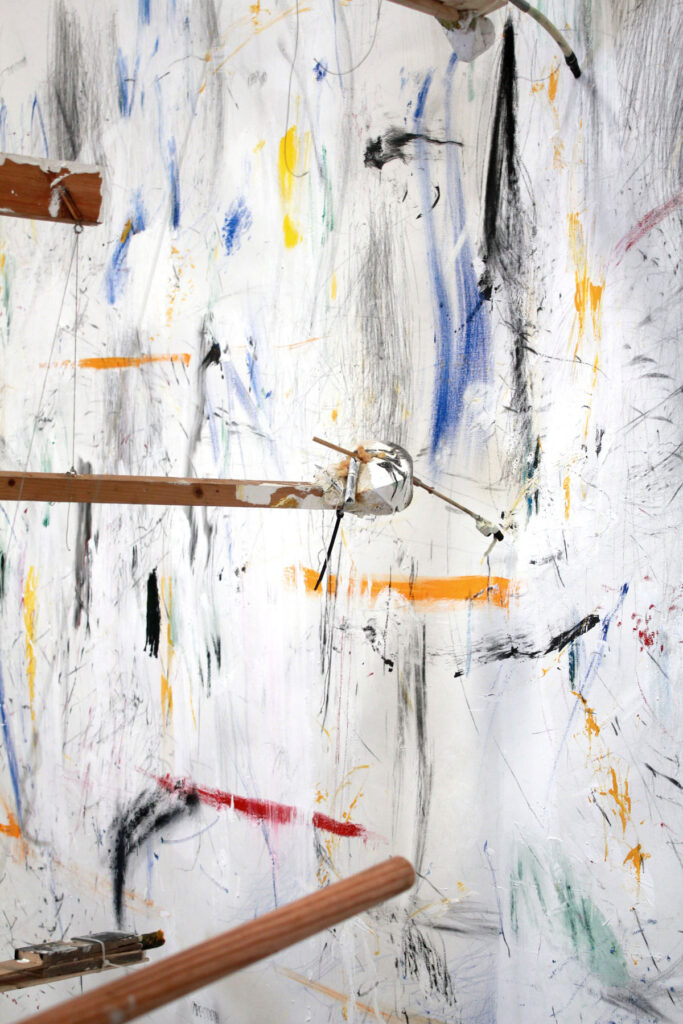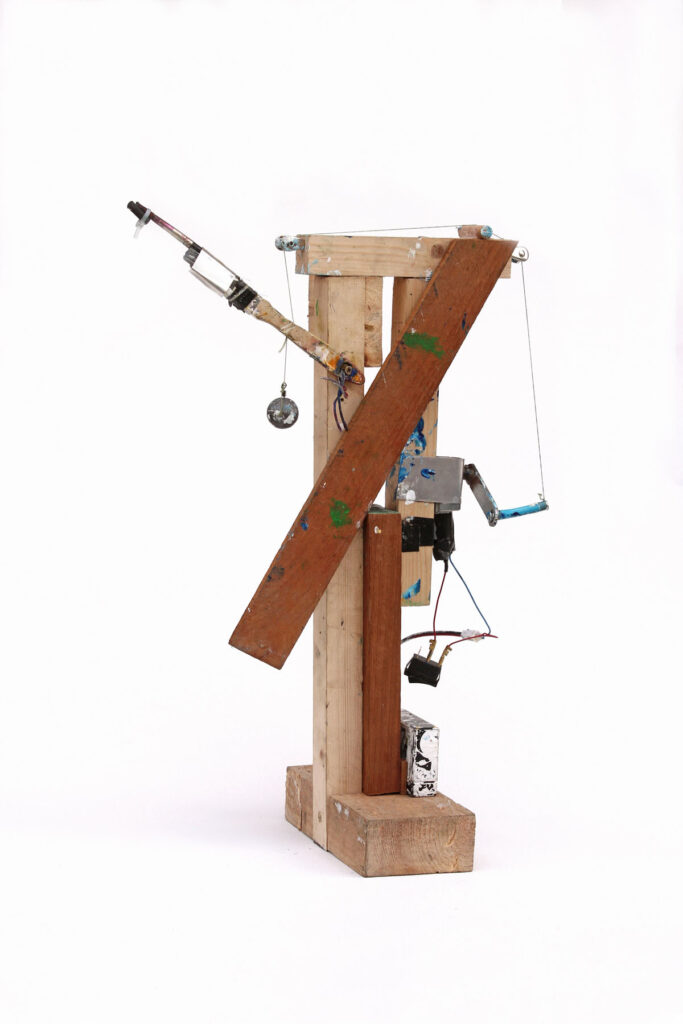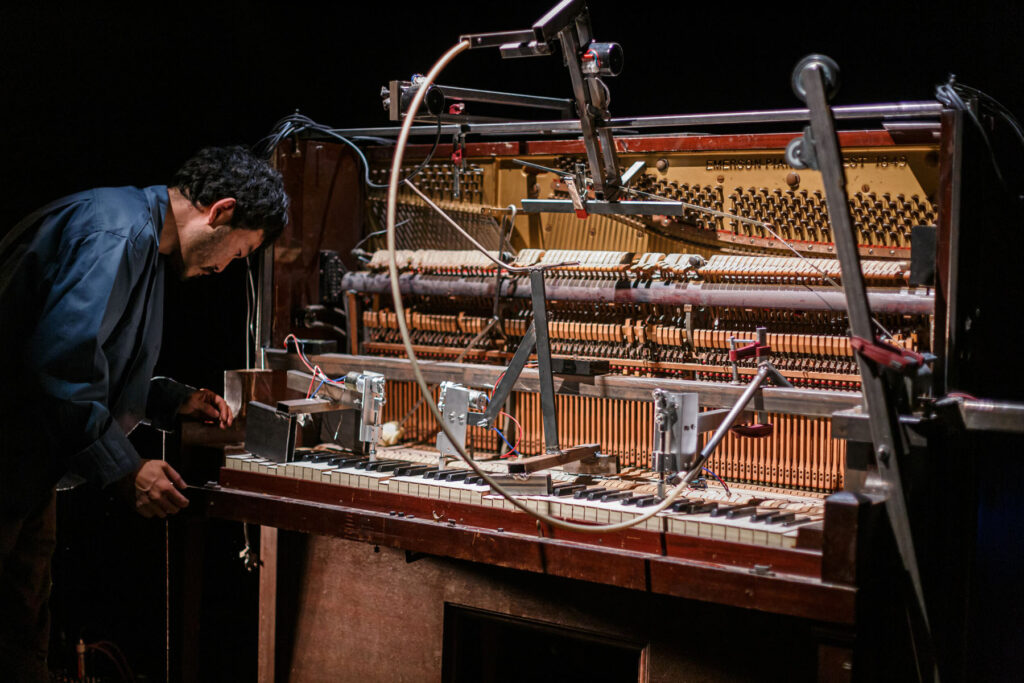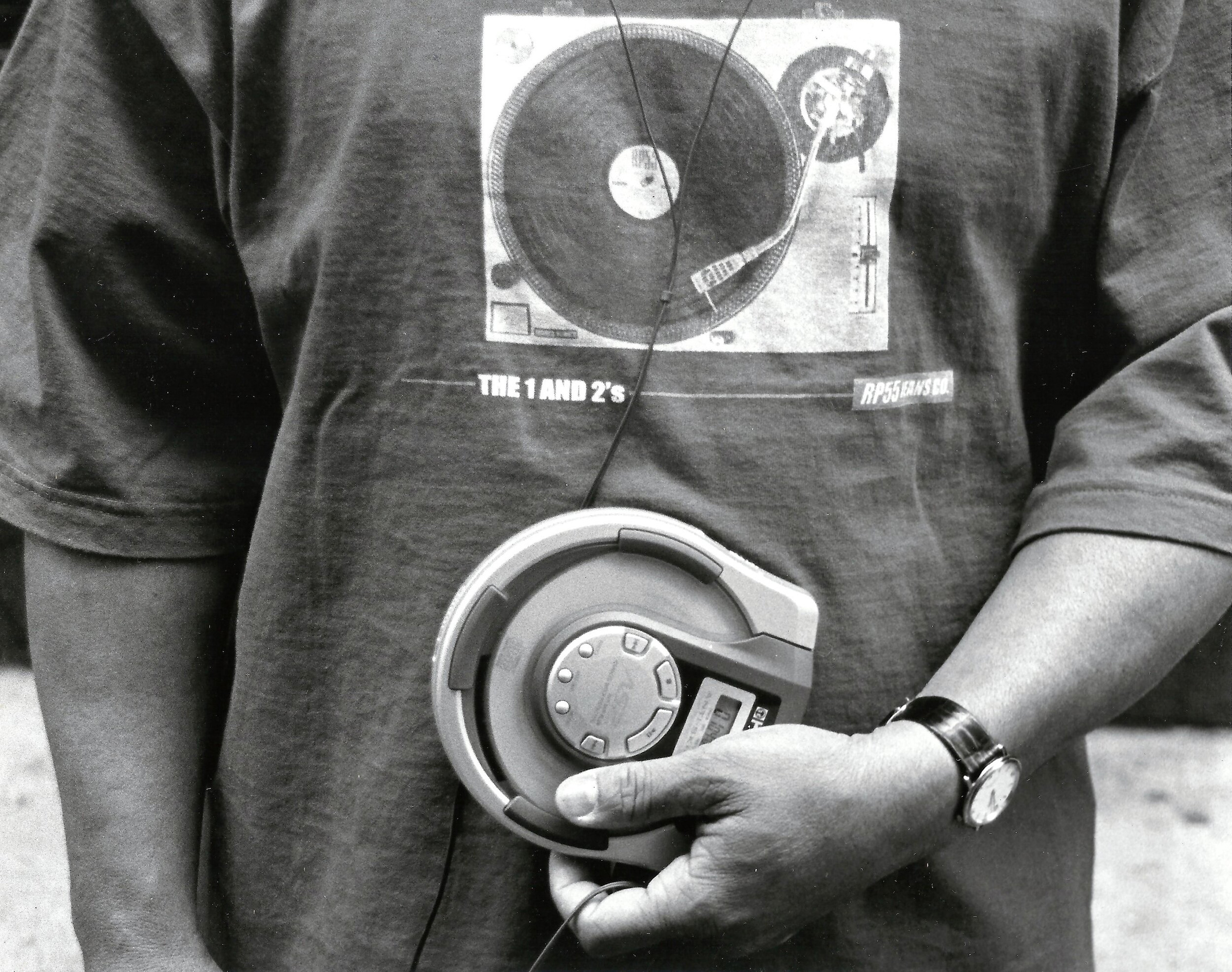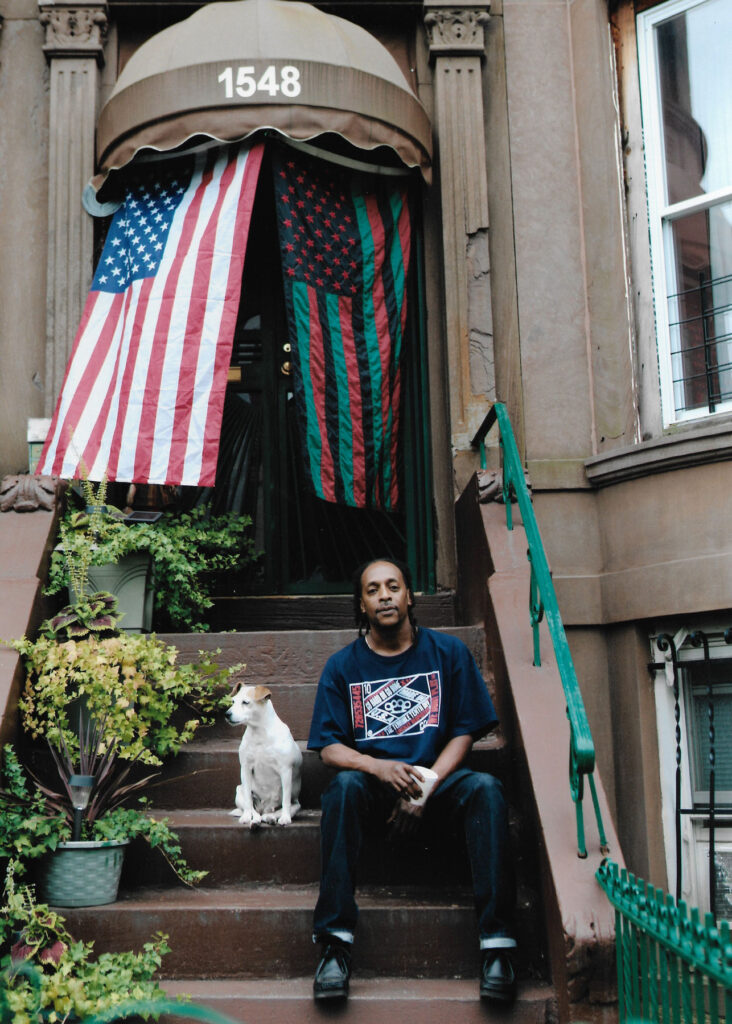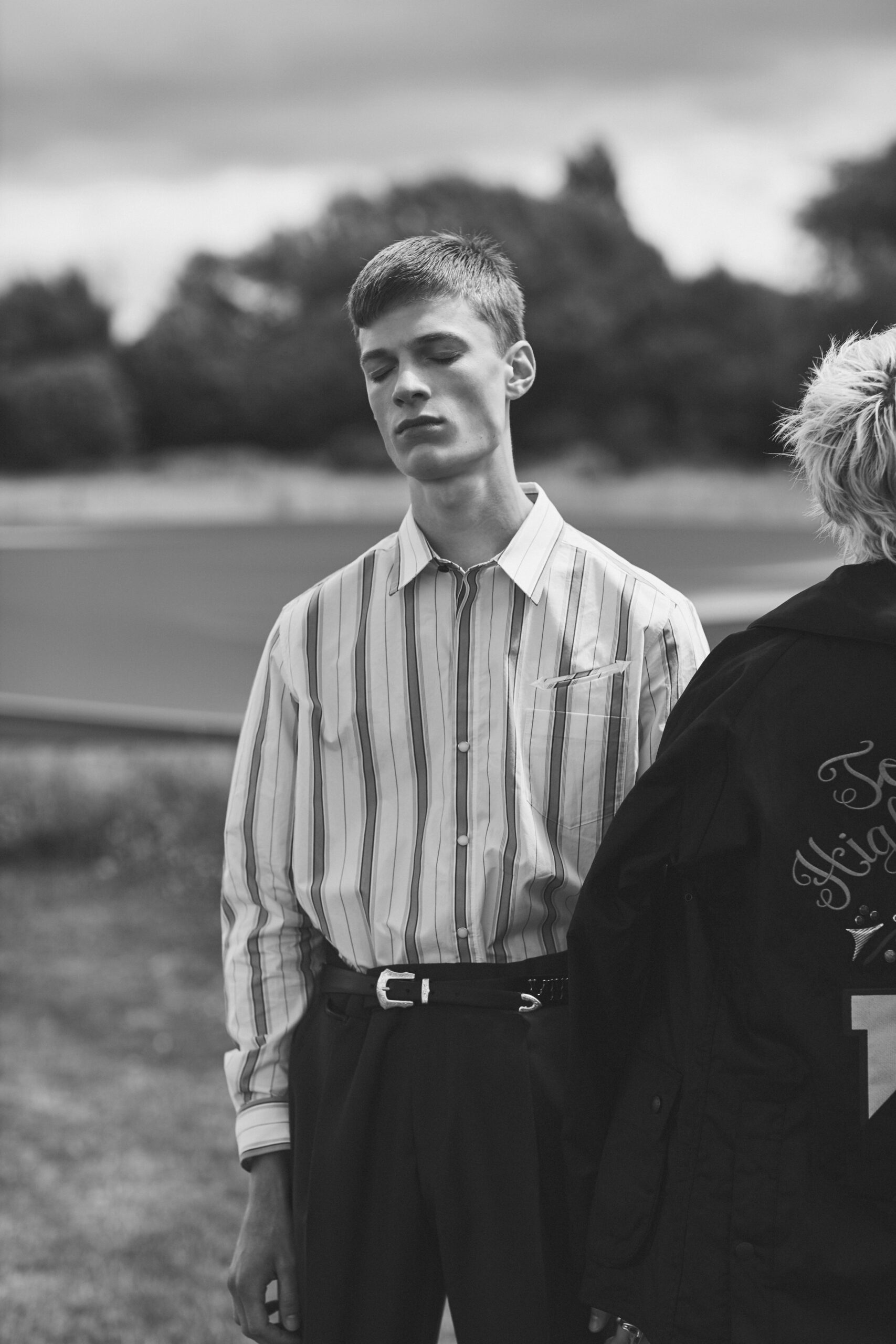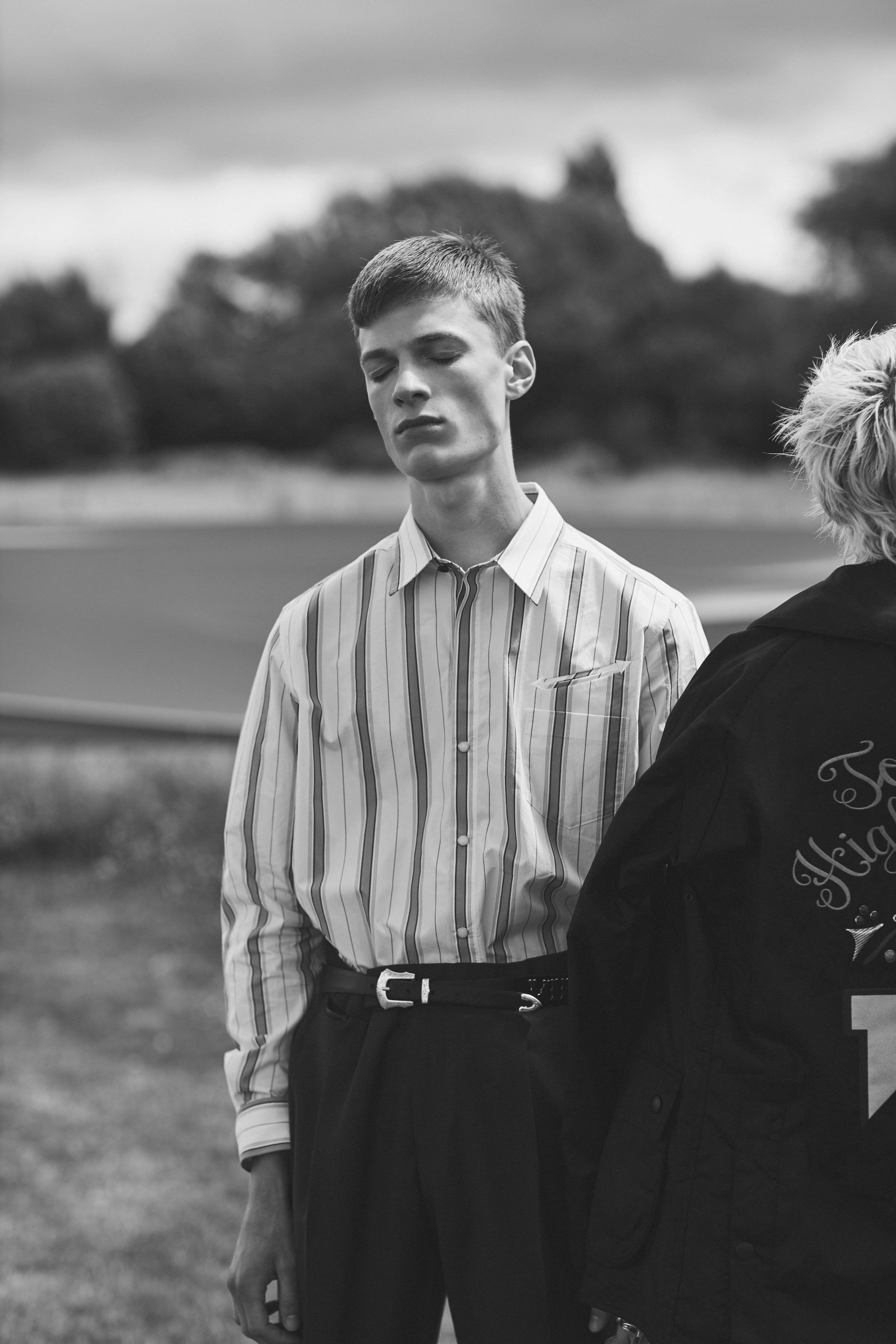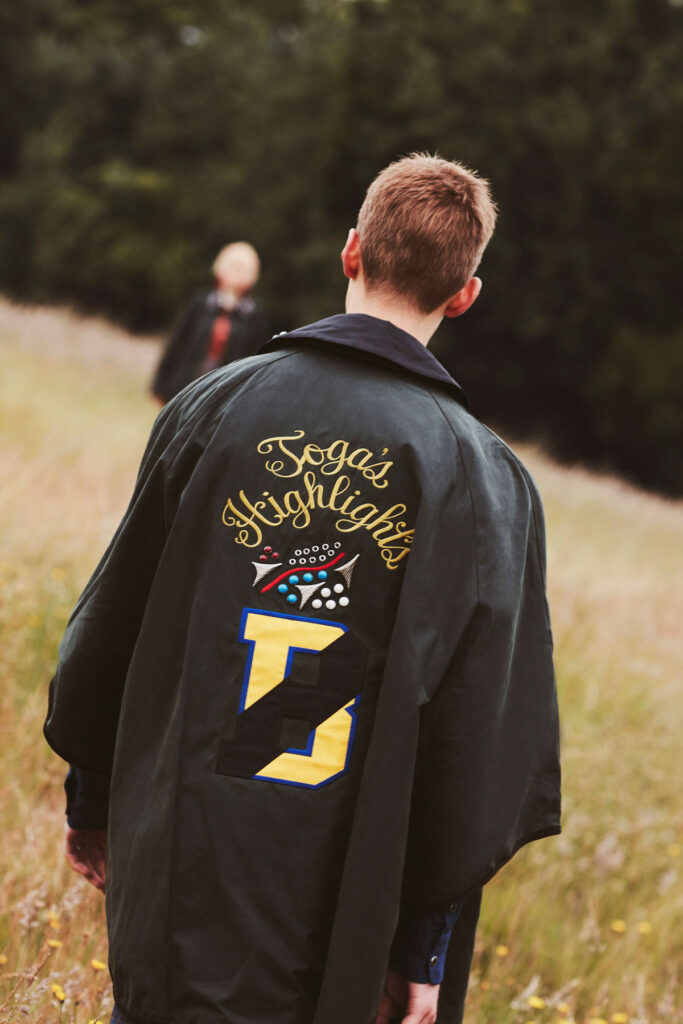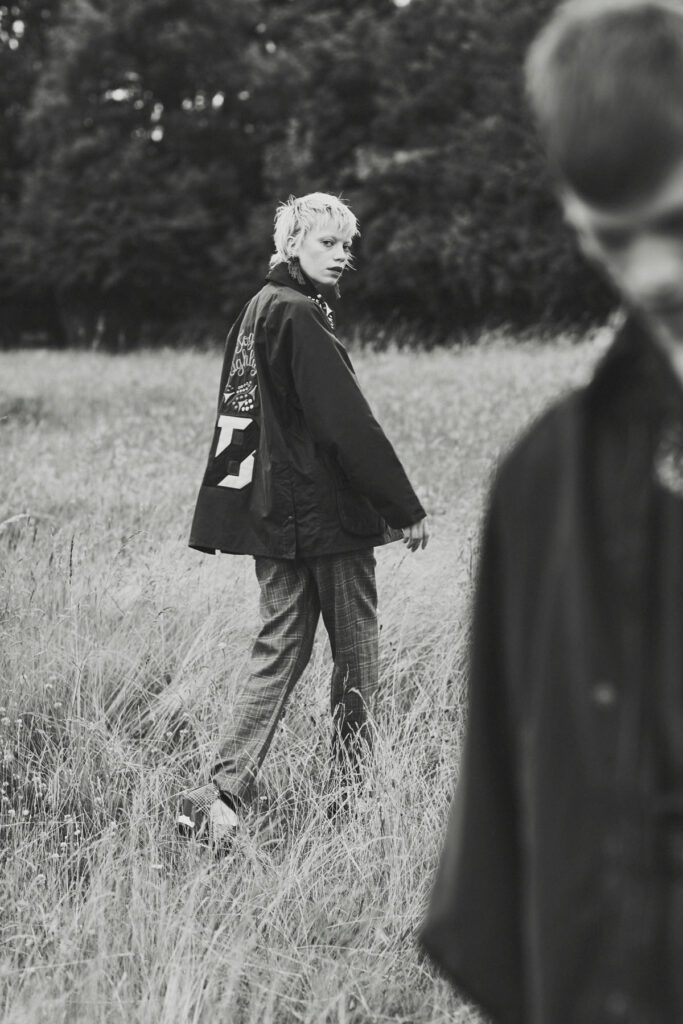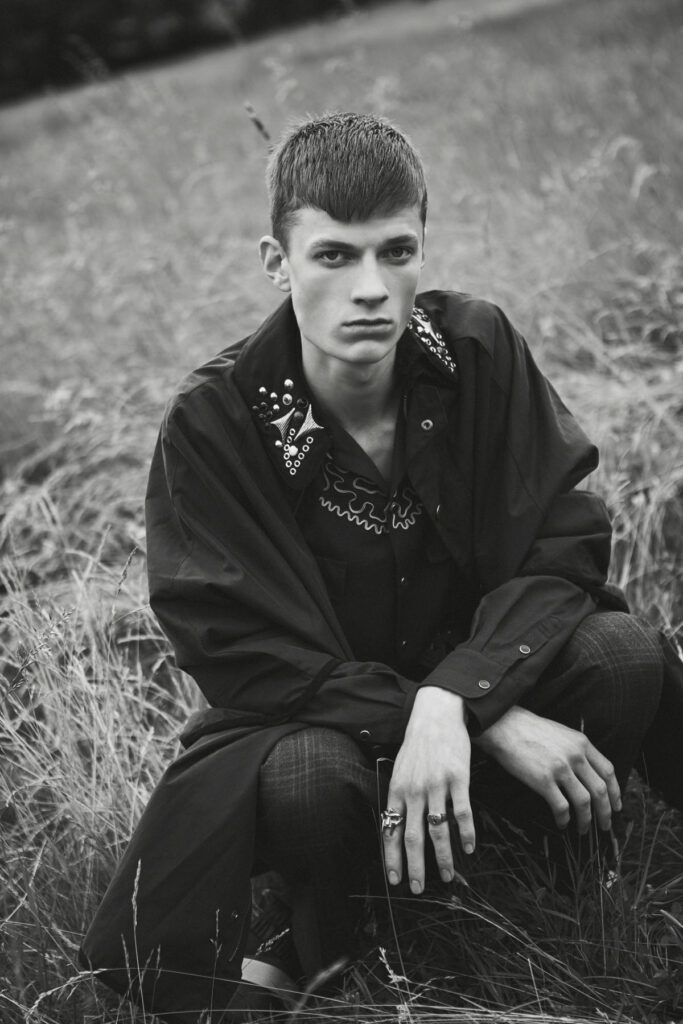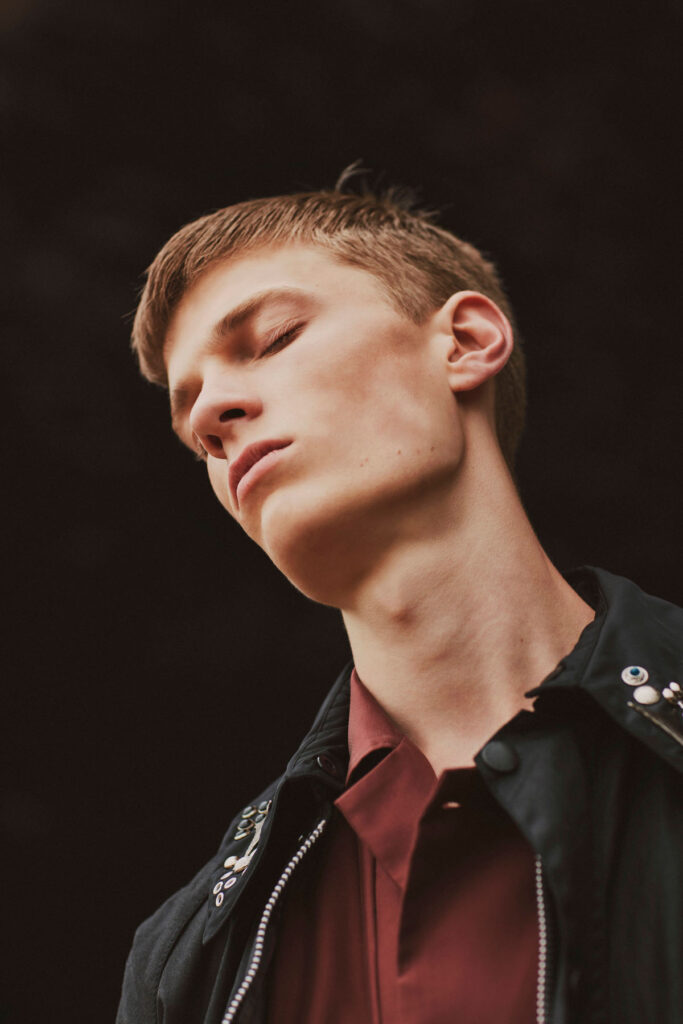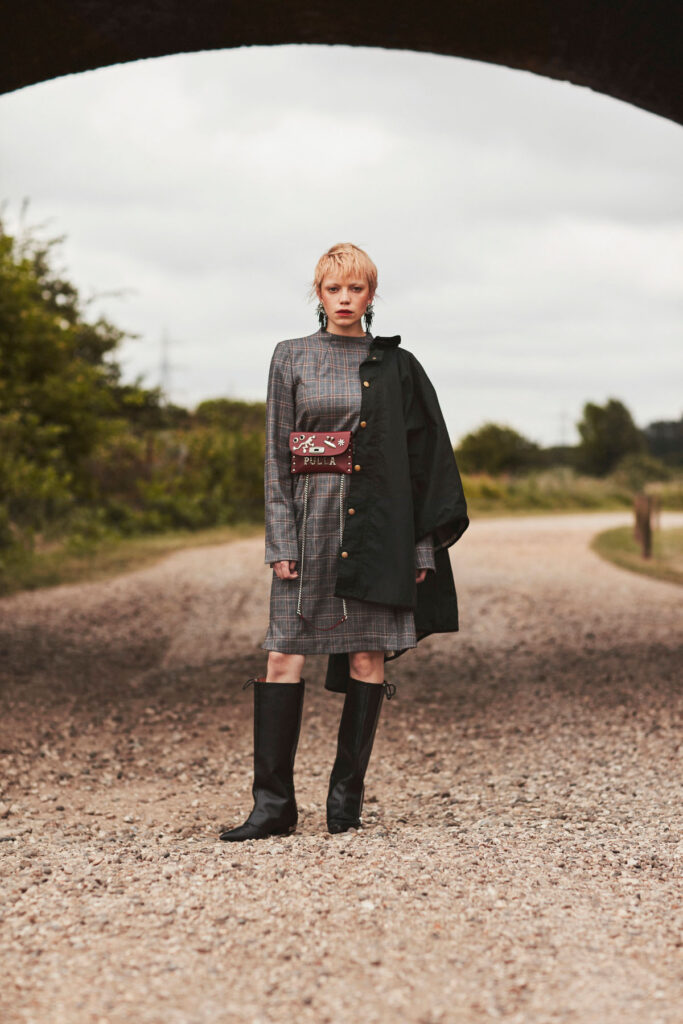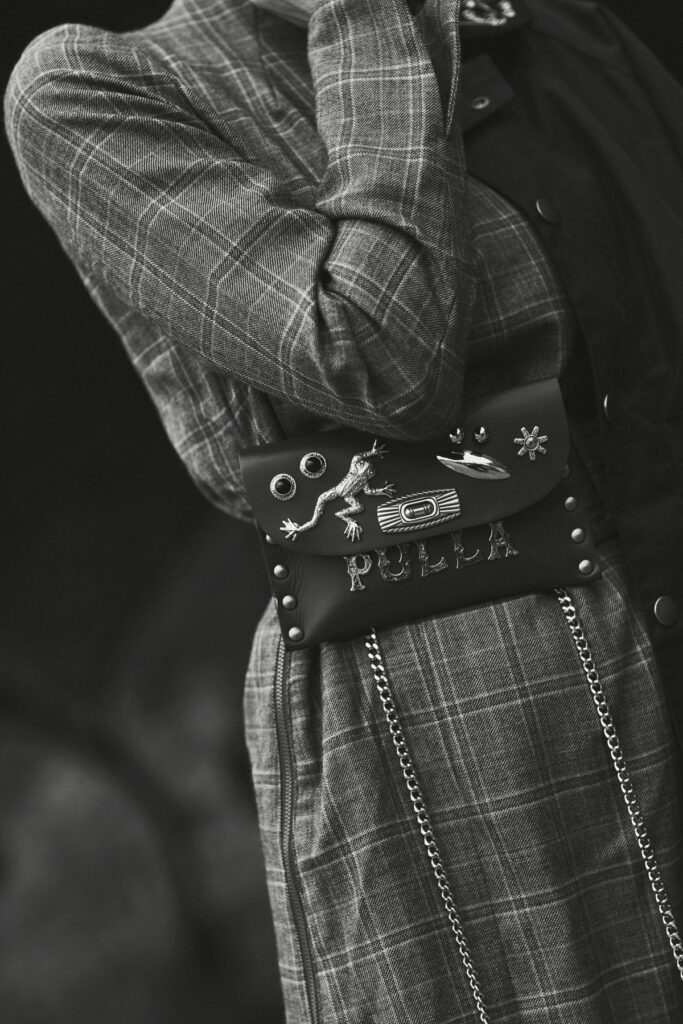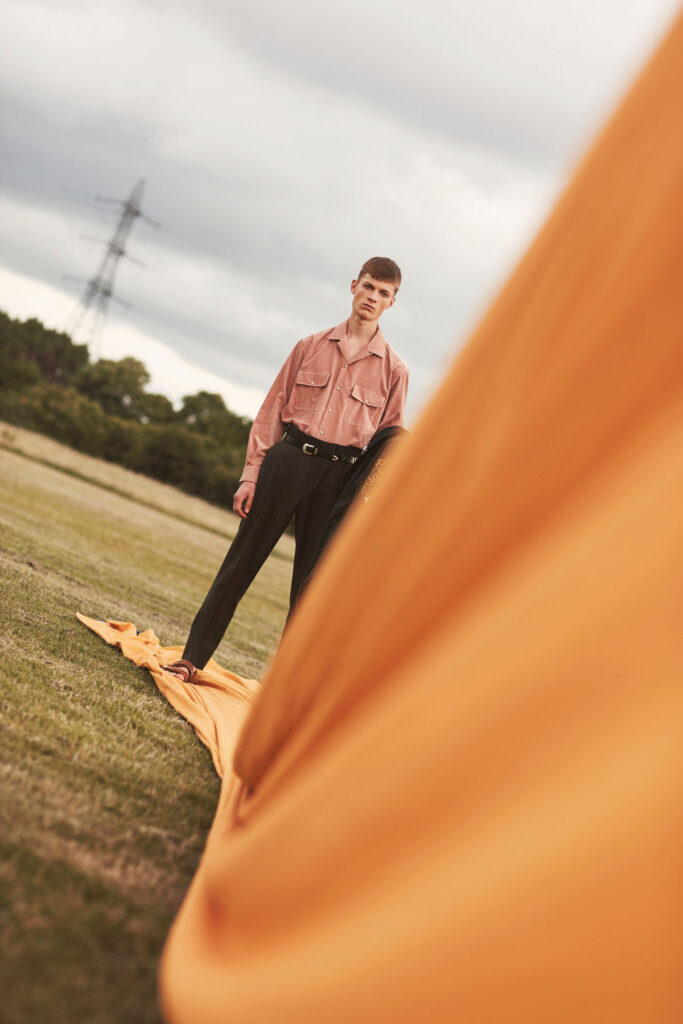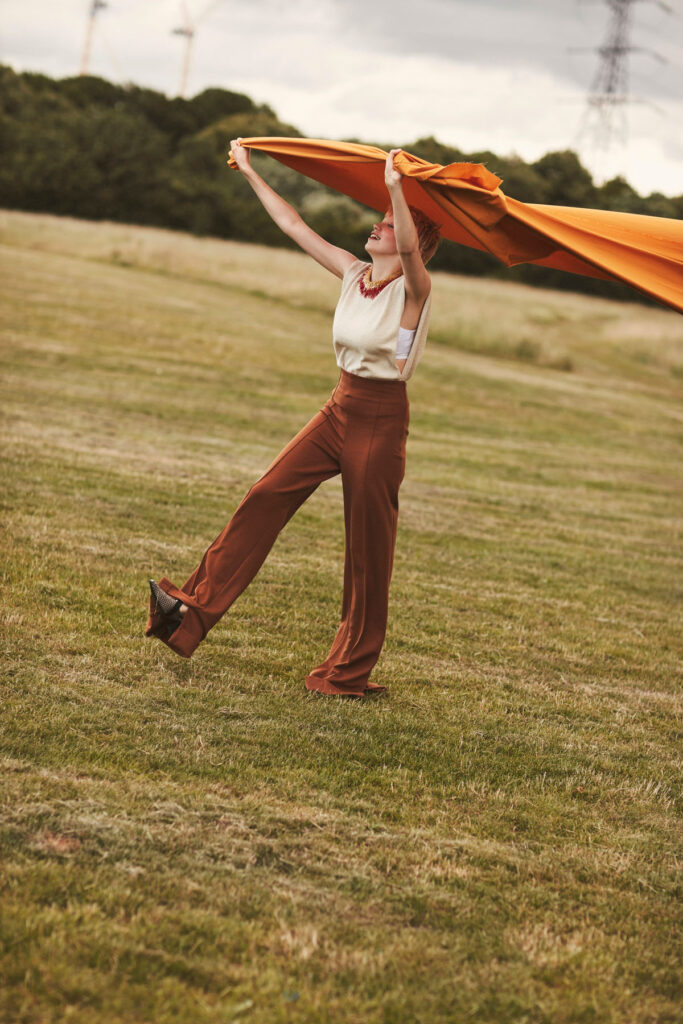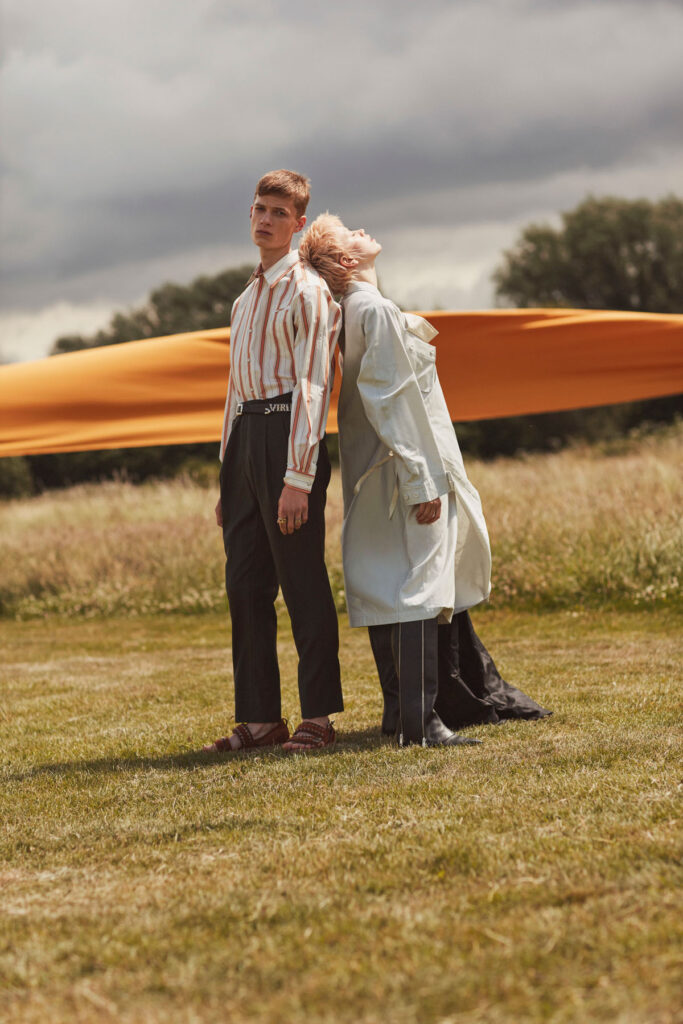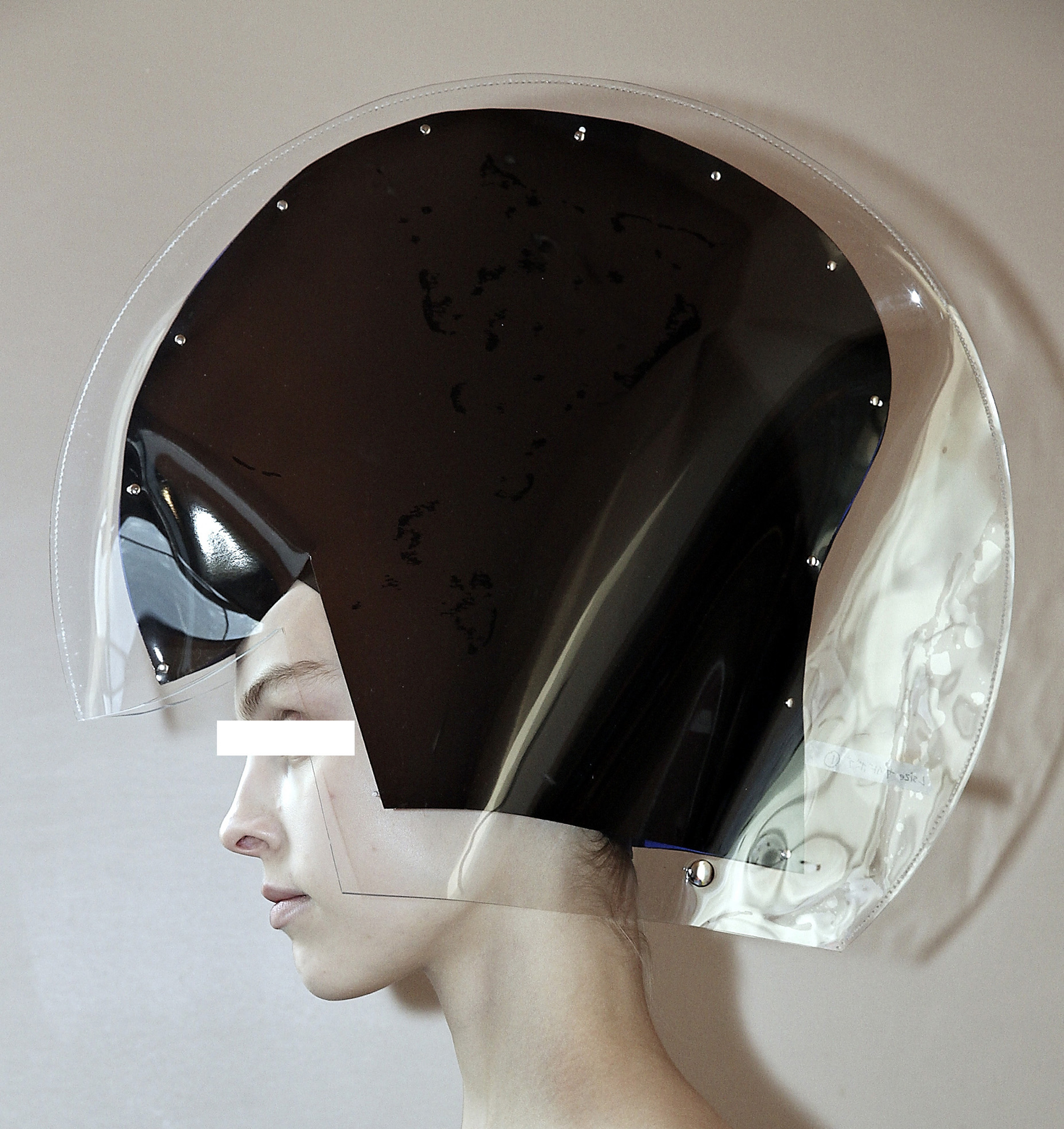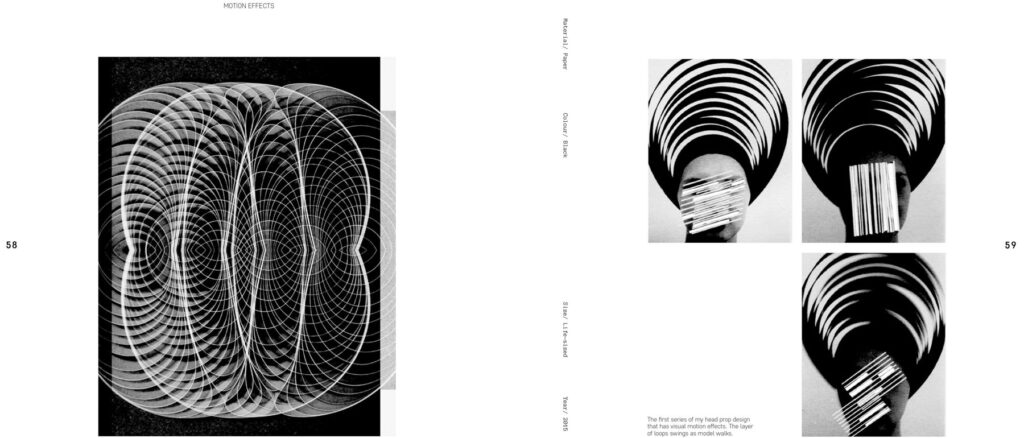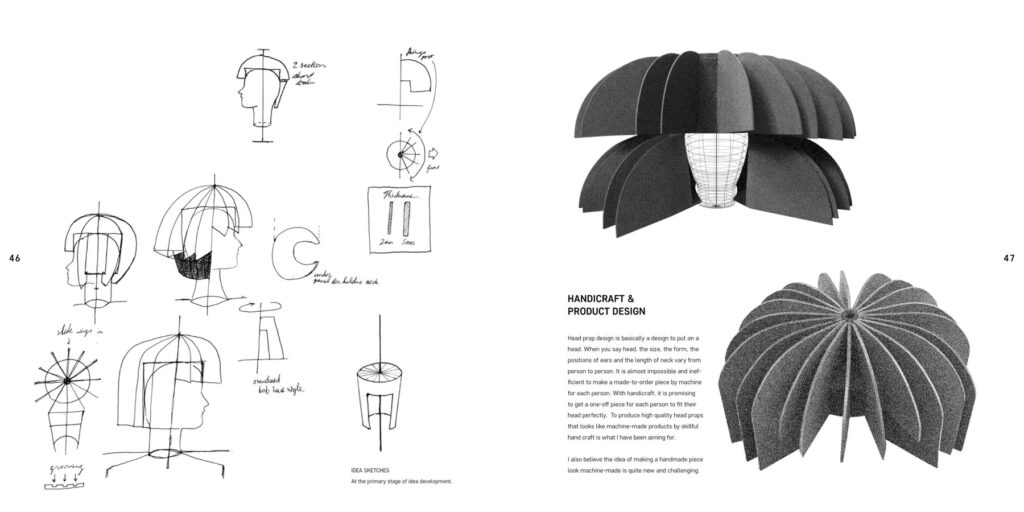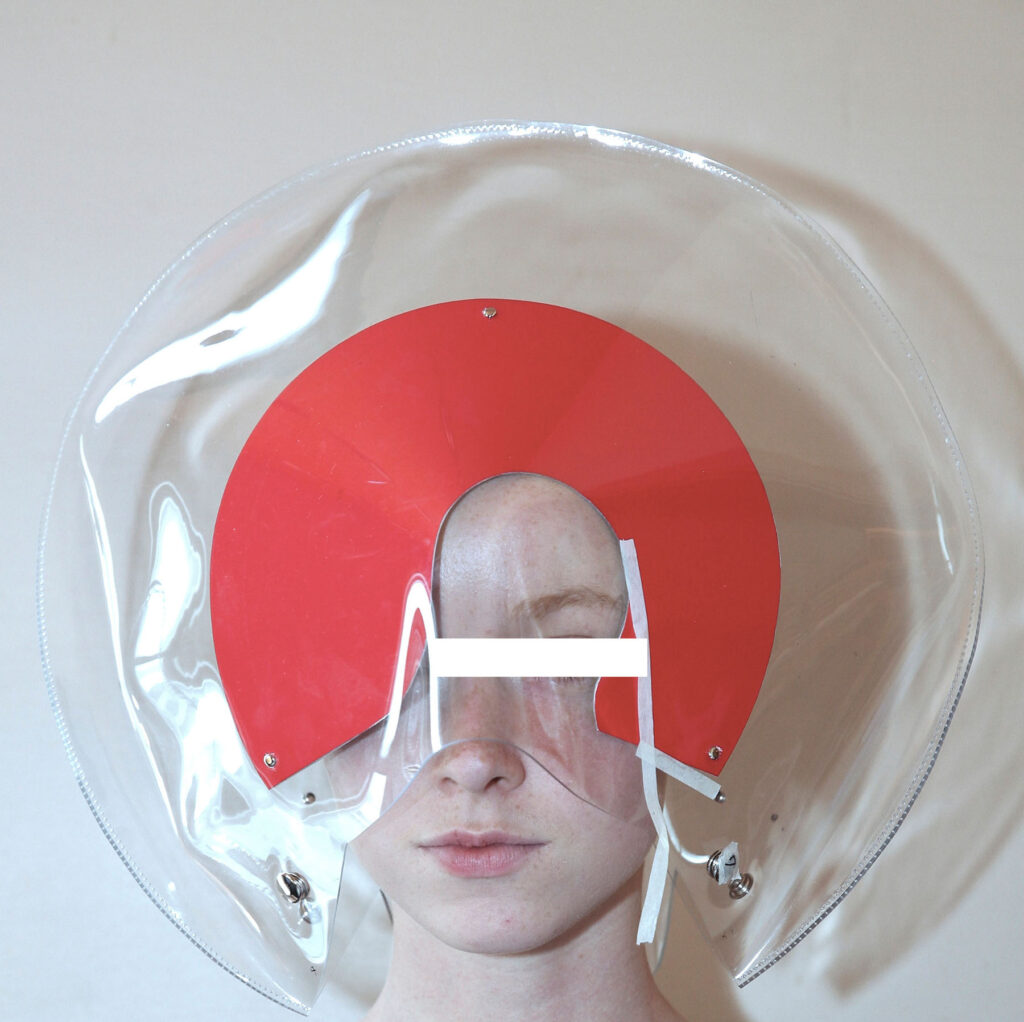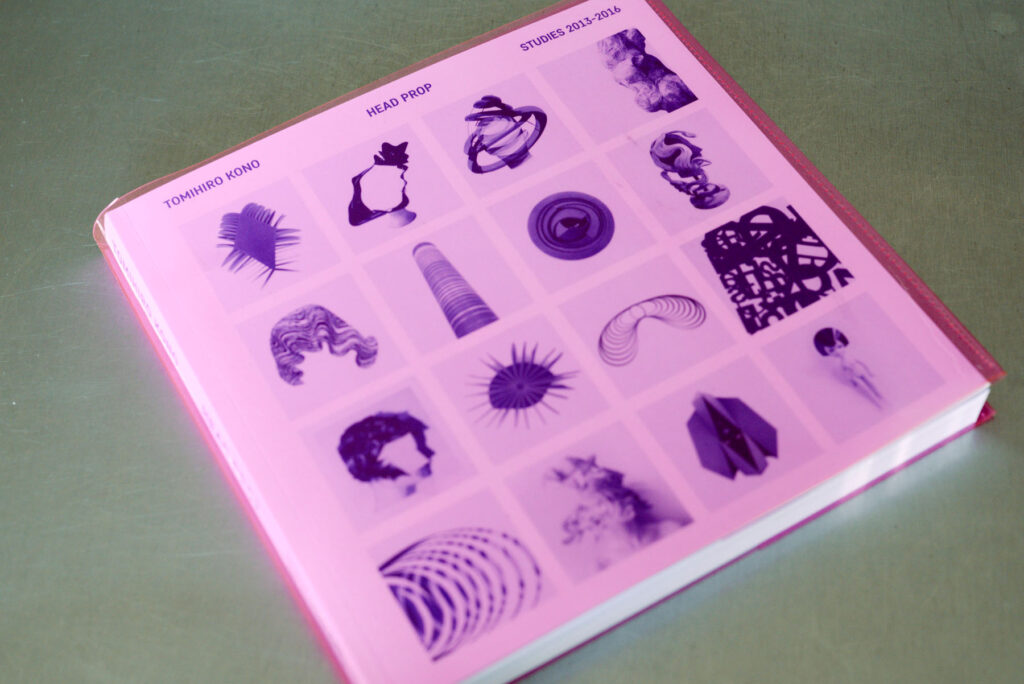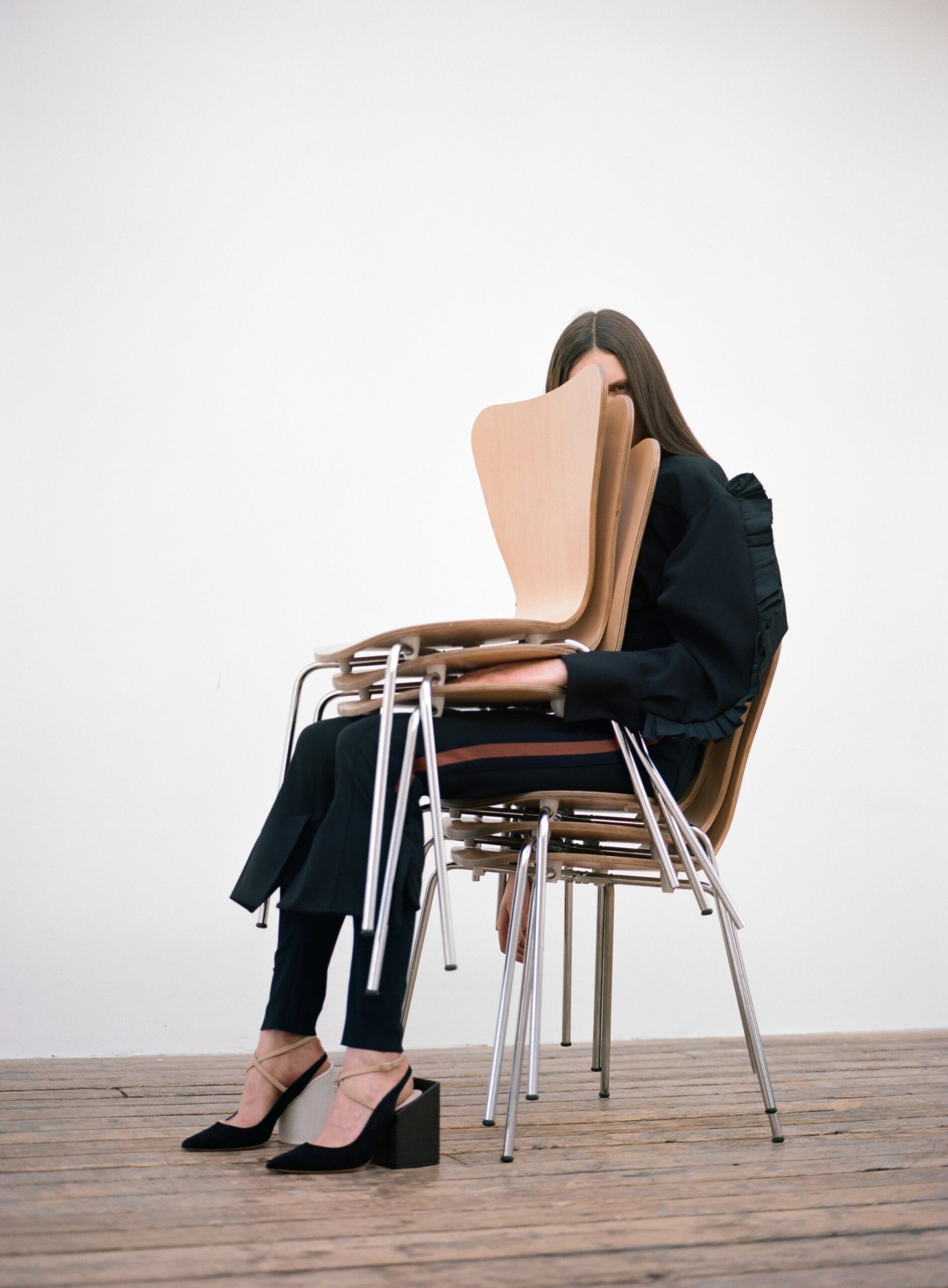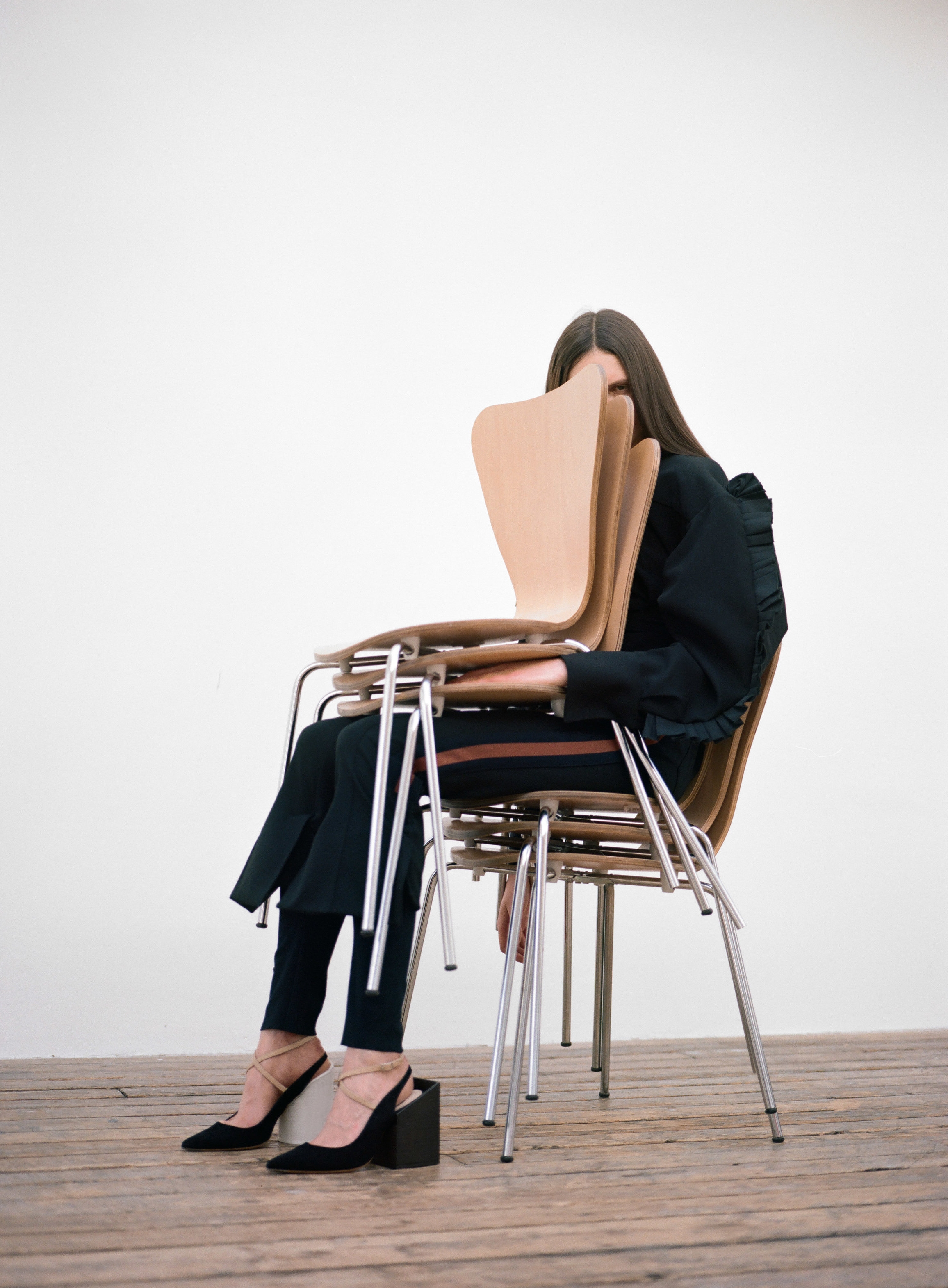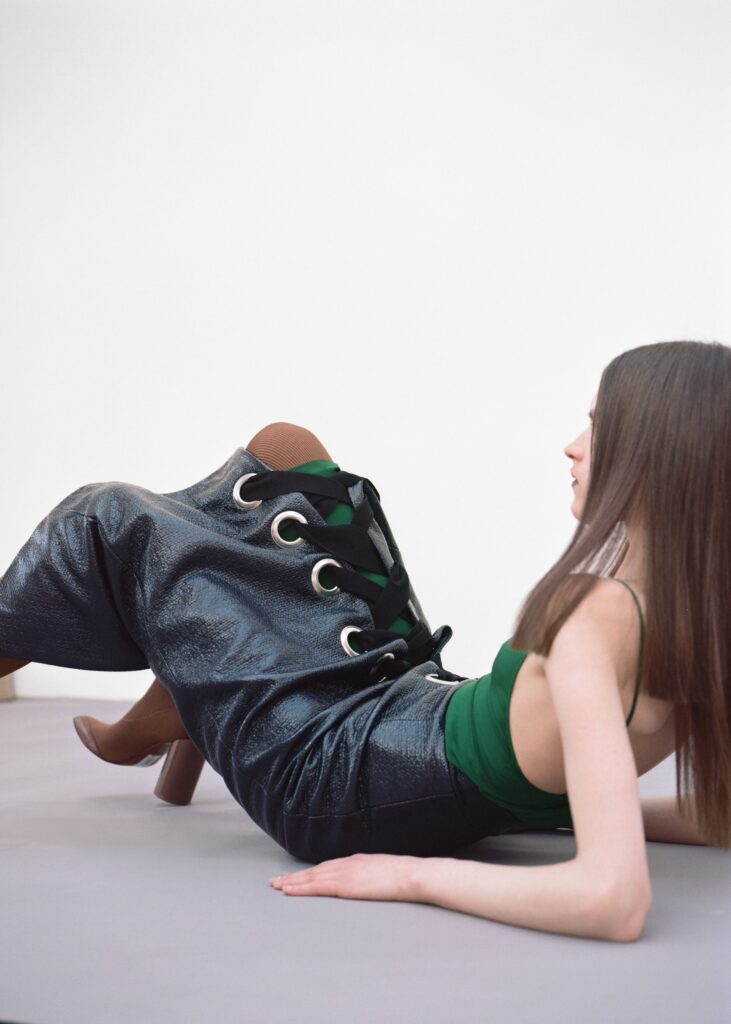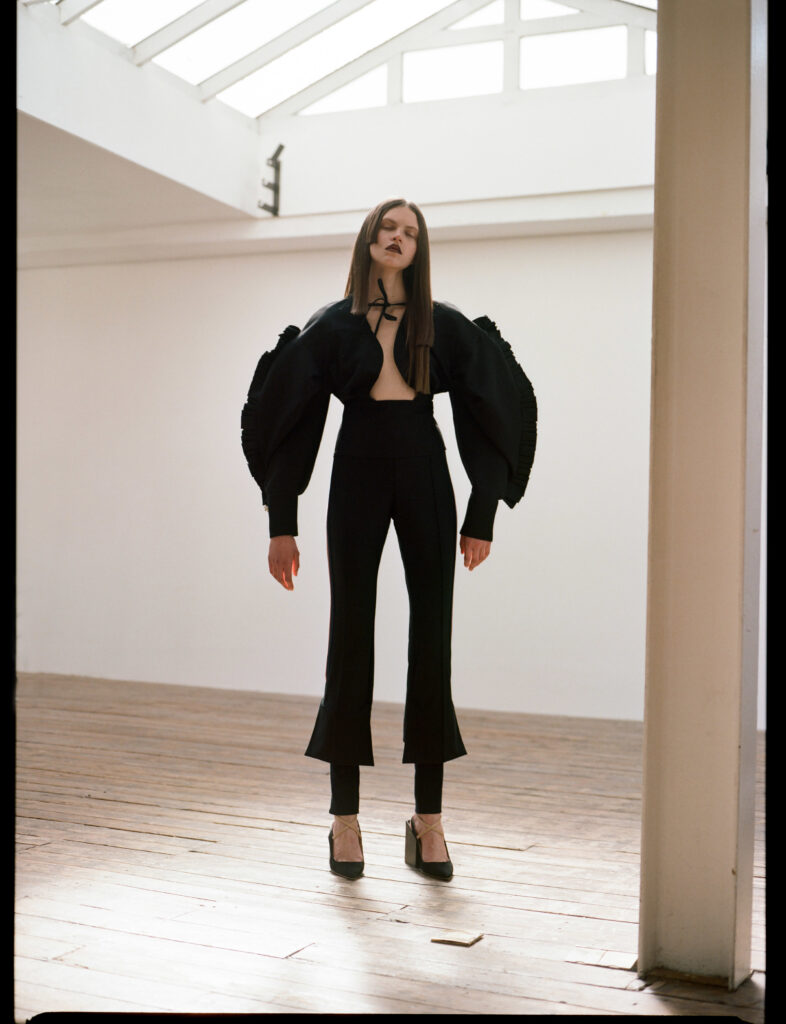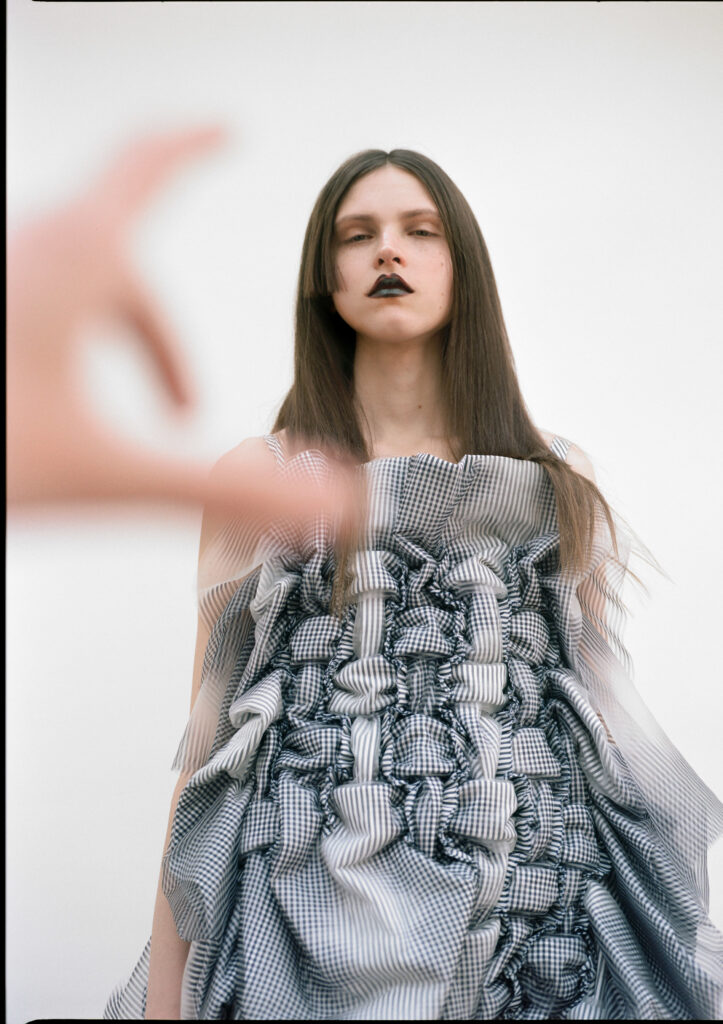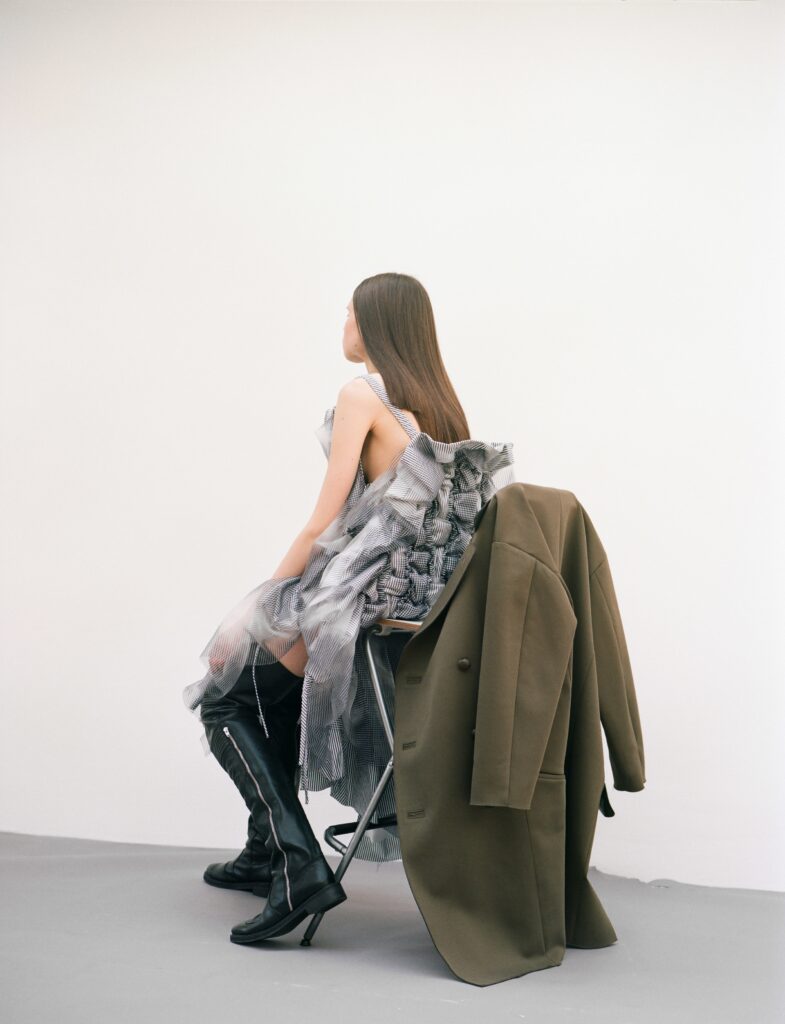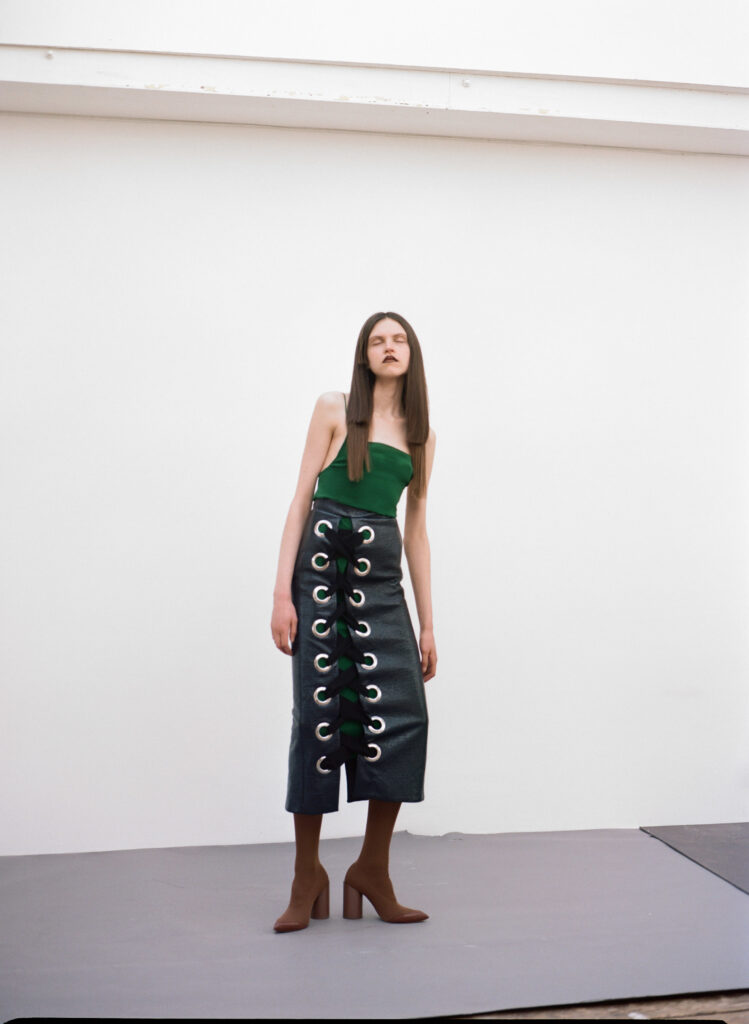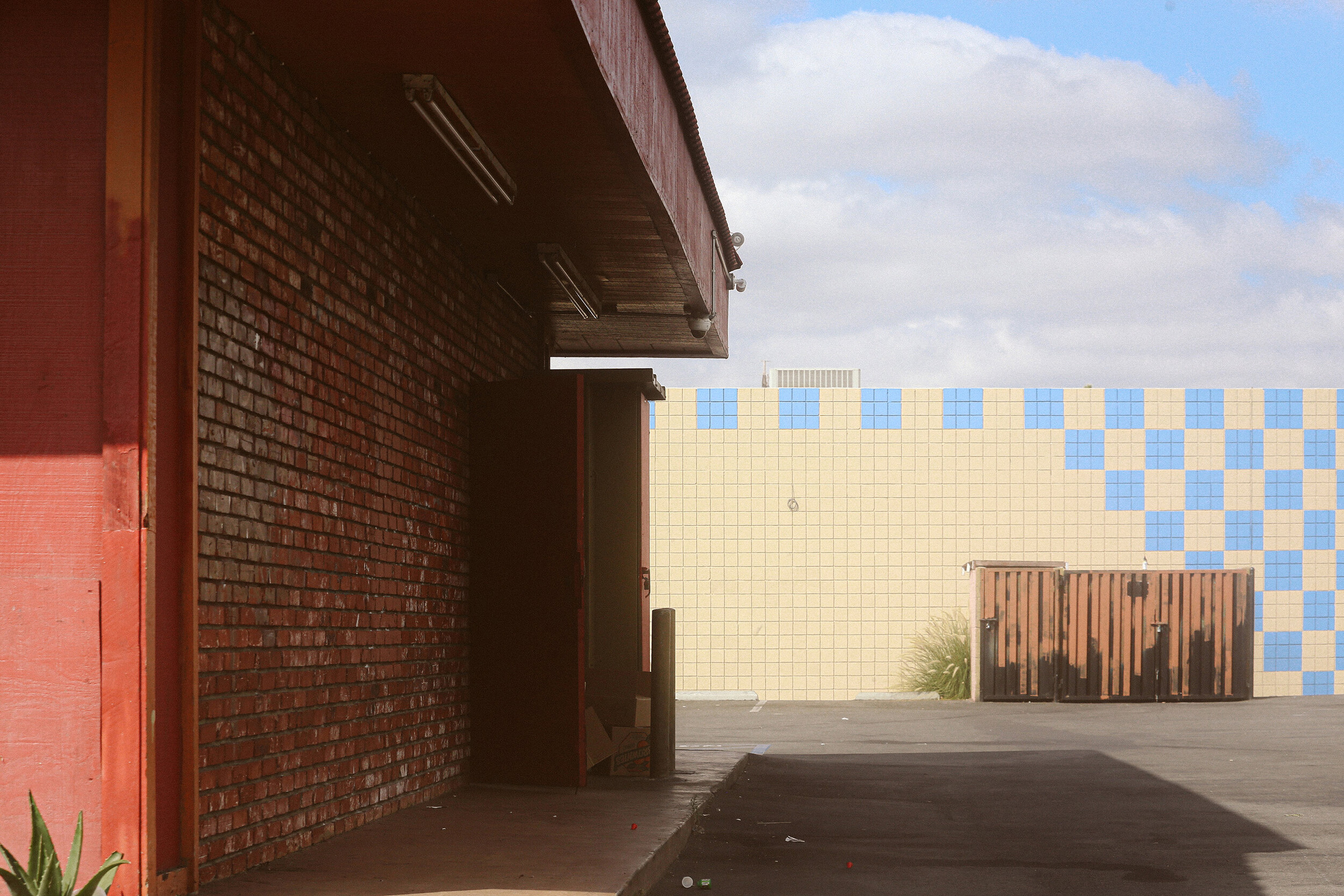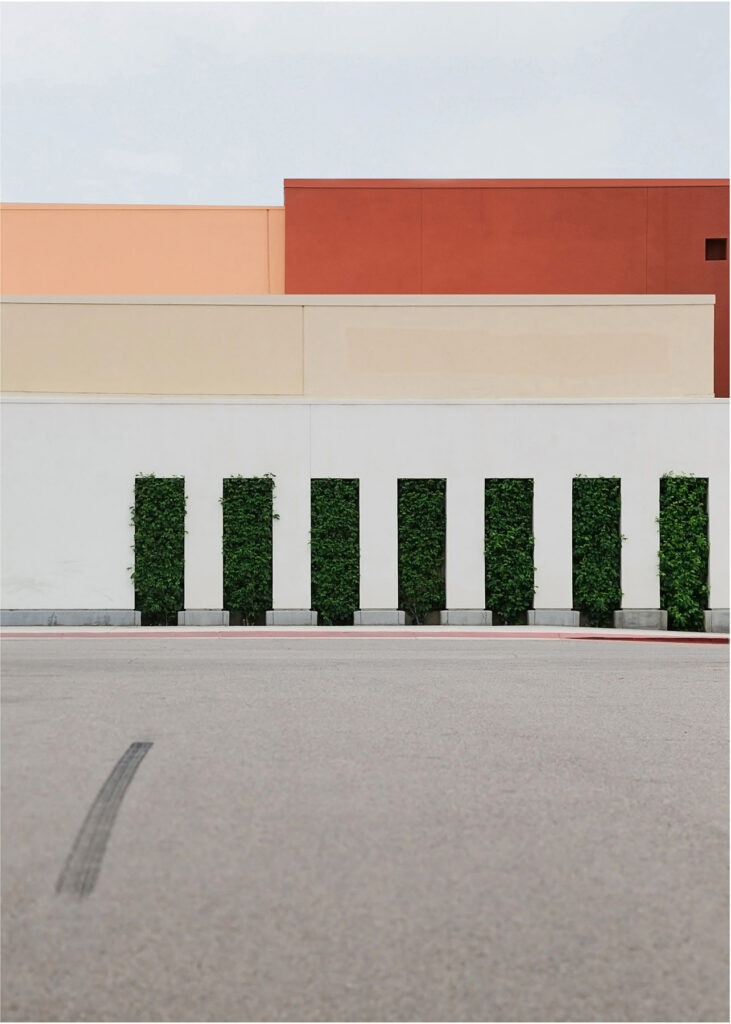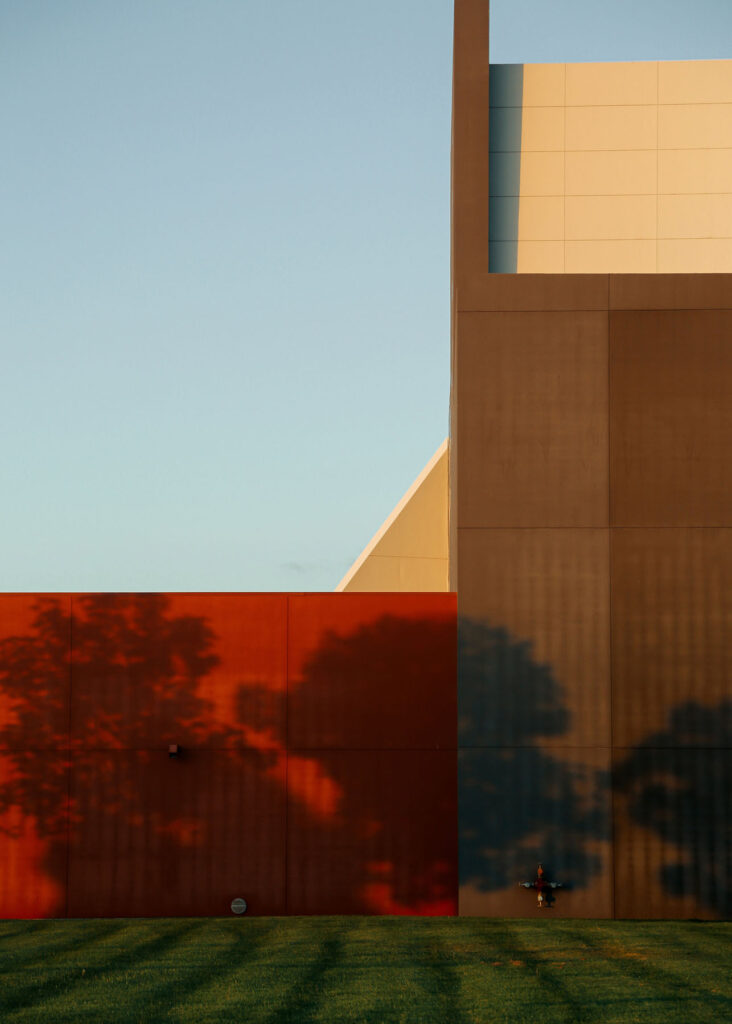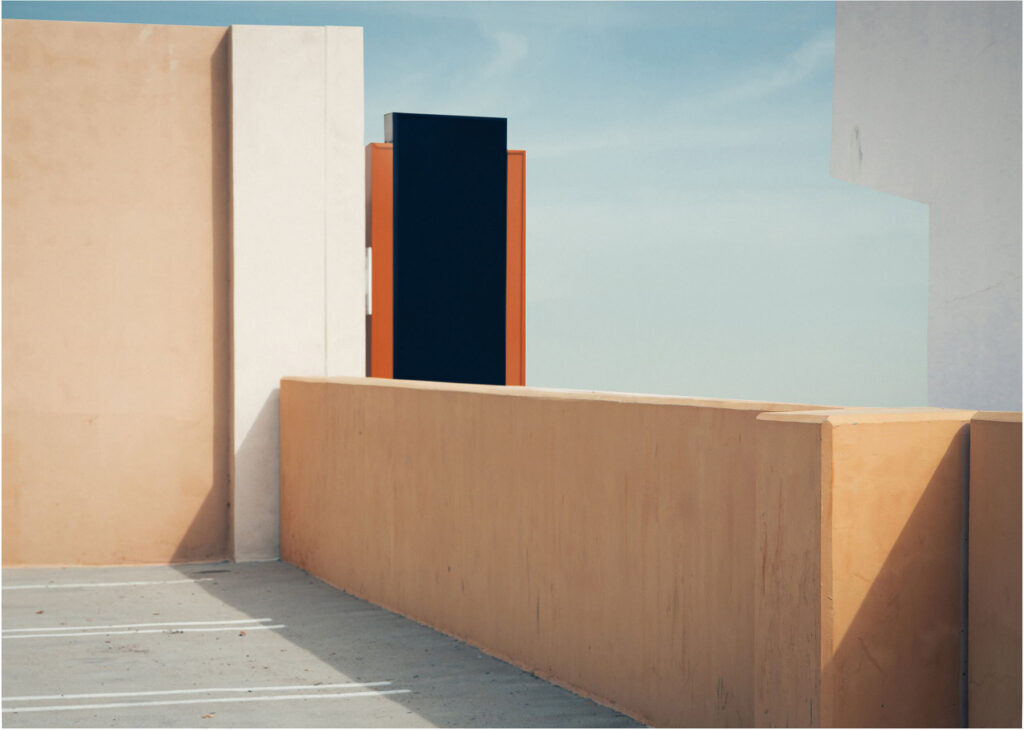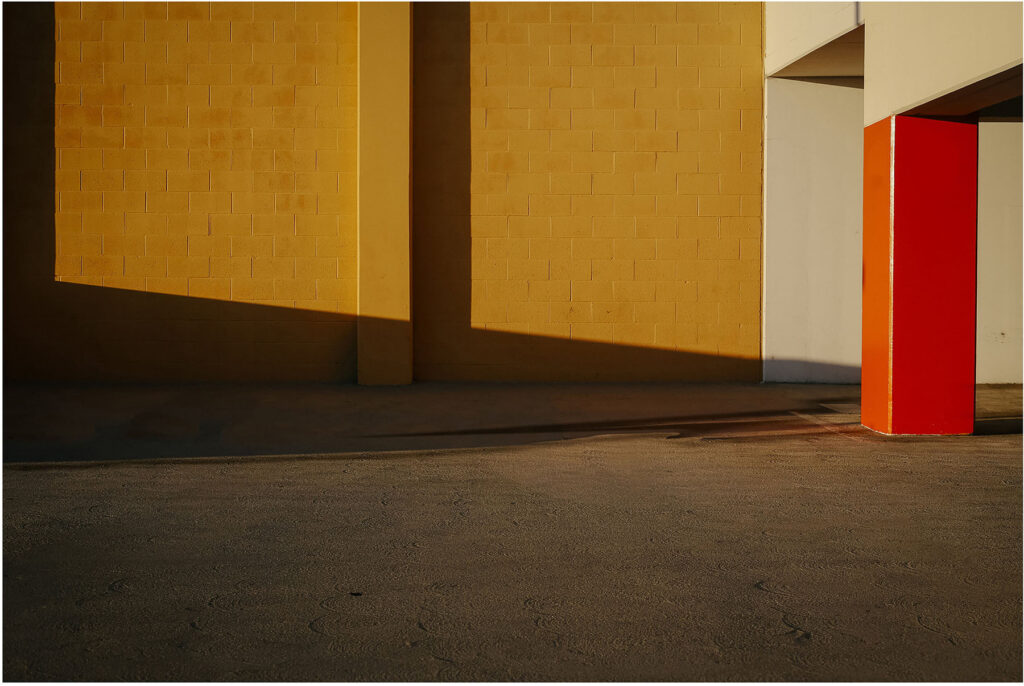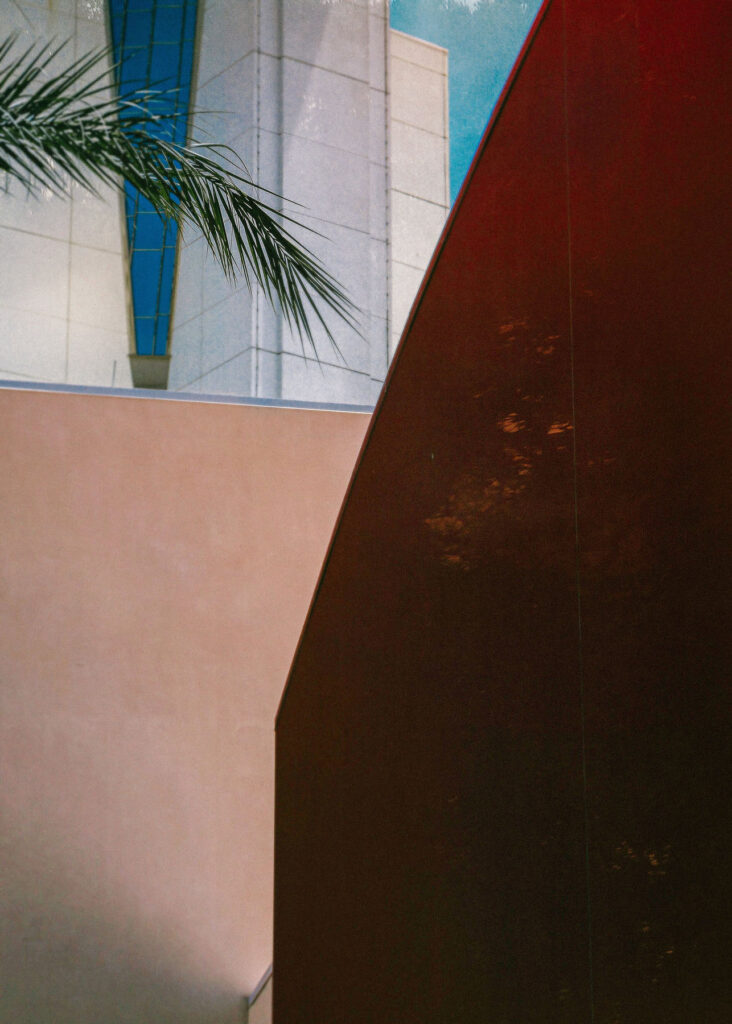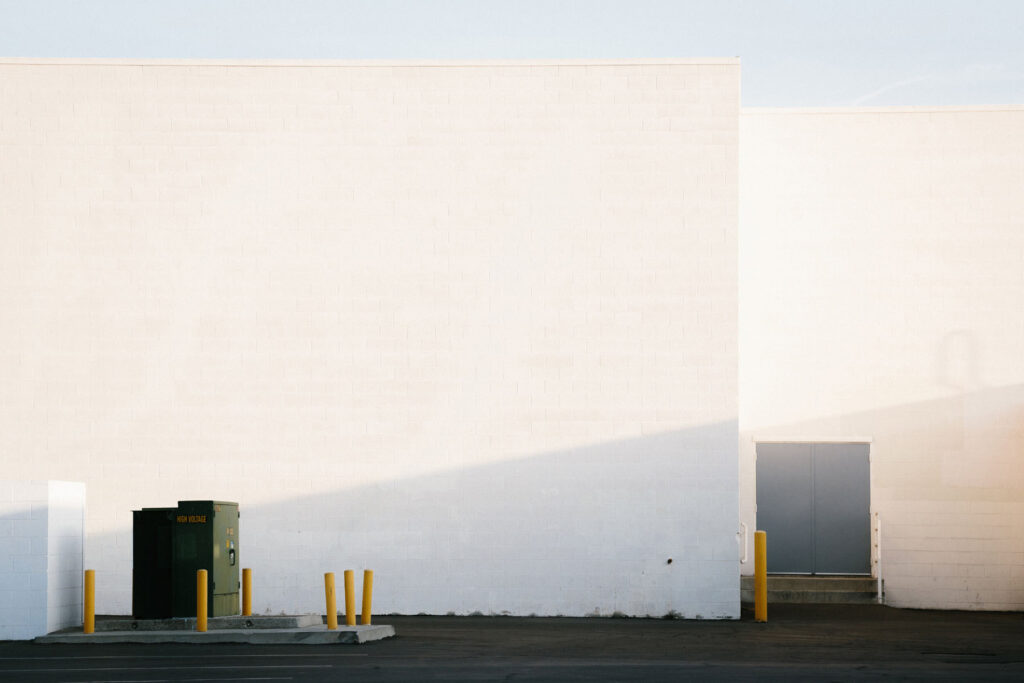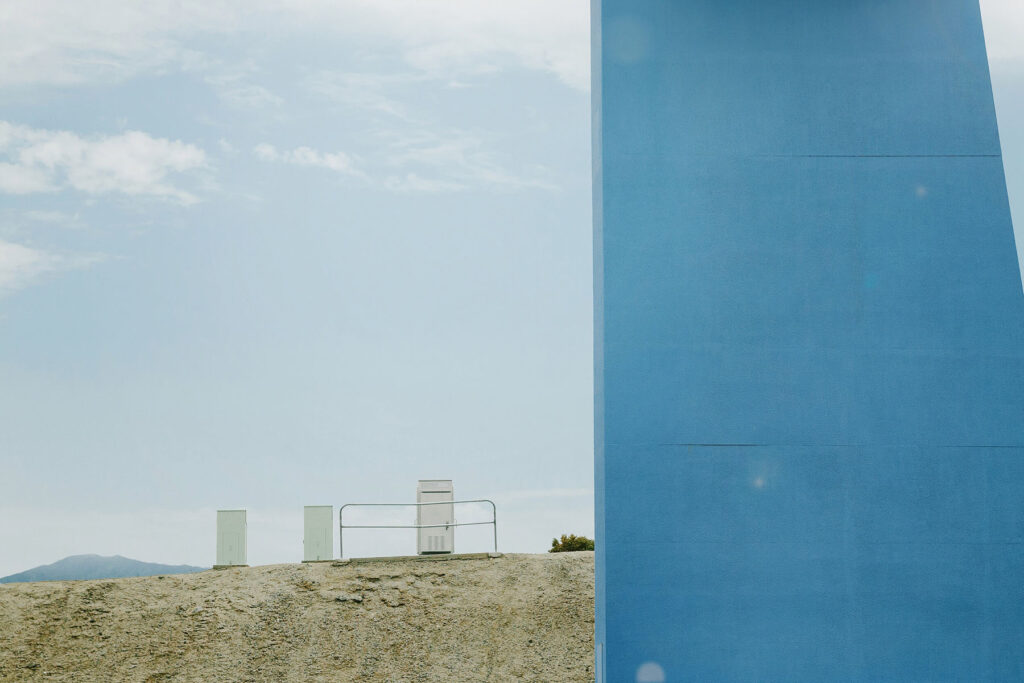Lolo, Sosaku! You guys. Truly beautiful to meet you last week. So, lots of things were said and I thought of some recap key ideas that stayed floating around. I would start with SONAR, in which you just performed a few days ago.
Given the present pandemic context, you have just been part of the (first ever) virtual edition of SONAR, where you live streamed from your studio in L’Hospitalet.
How did this situation feel? How did you conceive producing this piece to fit an iPhone screen? (Modern times…)
Lolo: We felt in a way alienated while completely connected at the same time. Is the digital streaming behind this or is it a more global thing related to the current situation? Maybe both, yet we are anxious to be back to physical exhibition dynamics.
Sosaku: Visualizing our work through phone screens was conceived as an amplified version of our usual visualization mediums or supports, always having in mind that the spectator completes the artwork, even from the other side of the screen.
L: Our piece Concert for four pianos is an audio piece interpreted by non thinking machines installed in four pianos, they are sound sculptures that generate different textures and audible rithms. With this sounds we composed a sound piece with Sergio Caballero and thats the piece we presented in Sonar, putting up three shows for a reduced audience from our studio and a concert that was showcased for the whole world from Sonar’s live plataform, it was a great experience.
We understand our artwork as something that happens between a gap in what we conceive as the “present”, where concepts of space and time are no longer a unified continuum and act as separated entities.
S: We feel comfortable working in this temporal space.
L: With the years, we have created our own reality, as Arca coined it the last time he was in the studio. “A world within a world”.
Do you have hopes that our future may shift back into a less technological reality, in a sort of resistance act, or do you encourage the exploration of technology in this sense?
L: We are living in really particular times, exposed to constant sudden changes, in an accelerated way. The Anthropocene, the current geological time according to Paul Crutzen, is characterized by the visible and signicative influence of human behaviour in the planet… for some theorics it goes back to the industrial revolution… inexorably this age would evolve into the Post- Anthropocene, which, in conversations with Maike Moncayo, we differ in how it will take place, given that for her it will be the communion of human-machine-nature, forging a new ecosystem of renewable energies and a way back to the natural equilibrium of the holocene. Our vision is a bit darker given that we believe that we will evolve to a kind of machine – human symbiotic being, to survive climatic changes and death, where nature will be in a second plane or extinguish, given that it wont be necessary.
When we met, we talked about your artwork’s translation from the physical, tangible world into the two dimensional language of video or photography.
You mentioned a particular experience with Disco, where the audience thought you were presenting a 3D render, when actually there was an actual disc and a whole physical effort behind it.
Did this experience transform how you conceive future artworks?
S: To forge Disco, a huge human physical effort was necessary. Lots of months of hard work interpolated with unplanned difficulties. It was a great adventure, and I was working sick for the whole of the production.
L: Disco is a site specific project that works in dialogue with MentalStones, a permanent installation by Tito Diaz, which is situated in an olive field in the Delta del Ebro area, far away from civilisation. To our surprise, when we published the first images of the project, we received several reactions which interpreted that the artwork was a 3D render. We had put so much into it that the final piece looked artificial, like a render…
Even though Disco exists in the intersection between sculpture, land art and video art, we had never imagined that the audience would interpret it as a digital artwork.
S: We think imagination is sometimes digital.
L: It is a constant transformation… the digital looks for the organic, the real mutates into a digital language. We are exposed and immersed in a constant digitalization of everything, I wonder if Disc would have actually been a digital render, would it be real?
